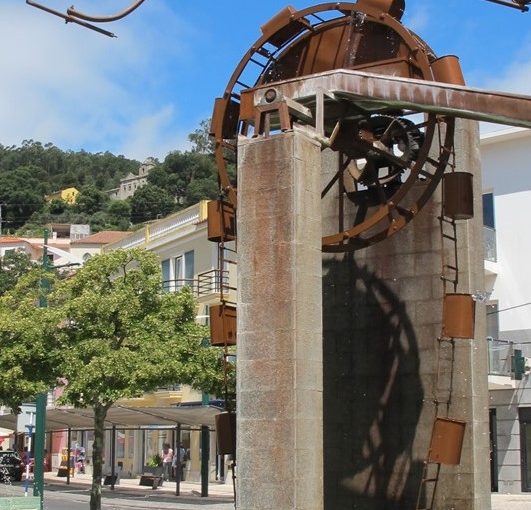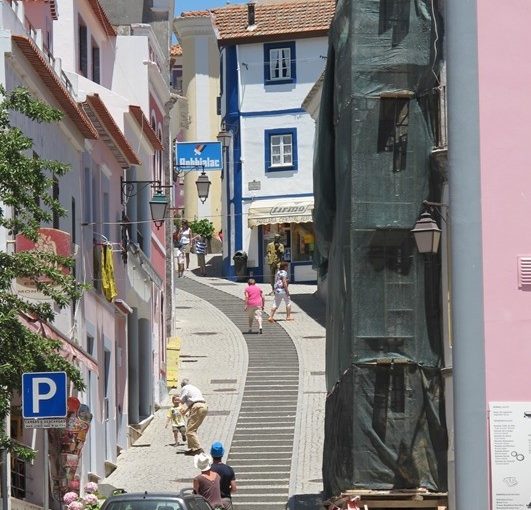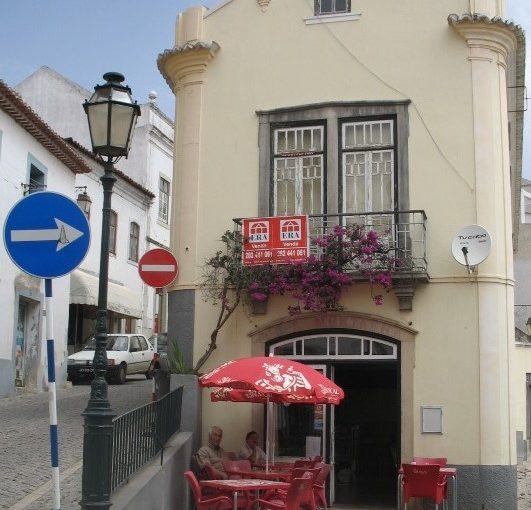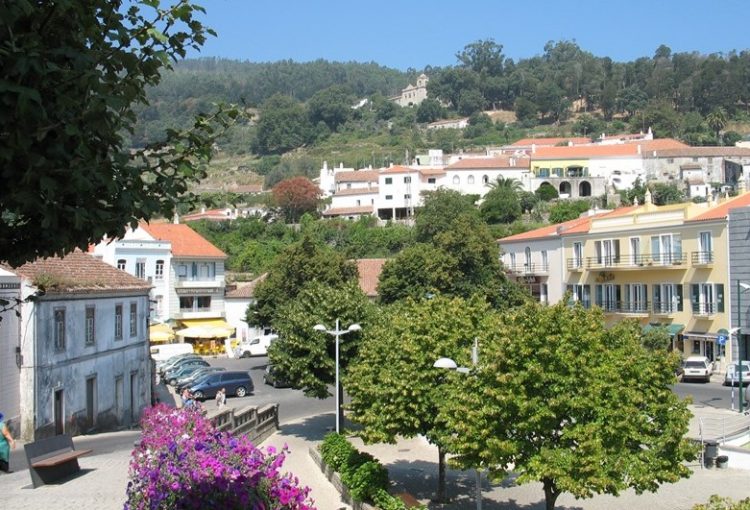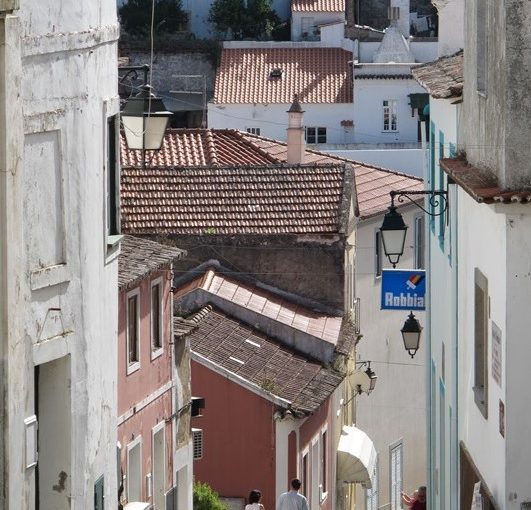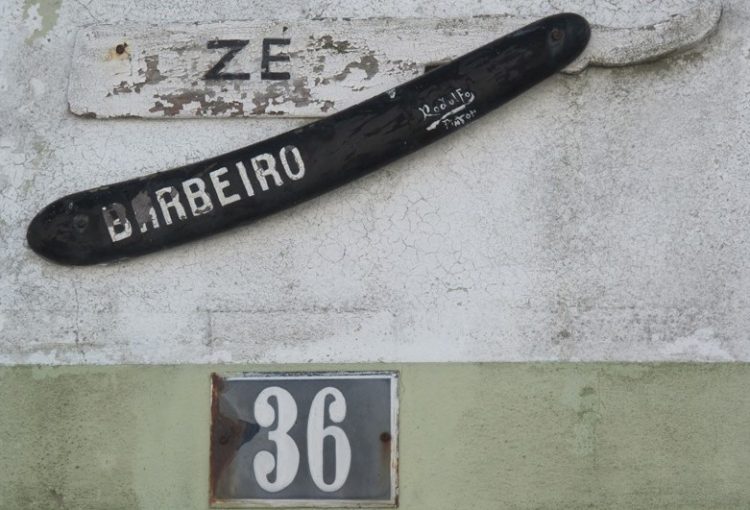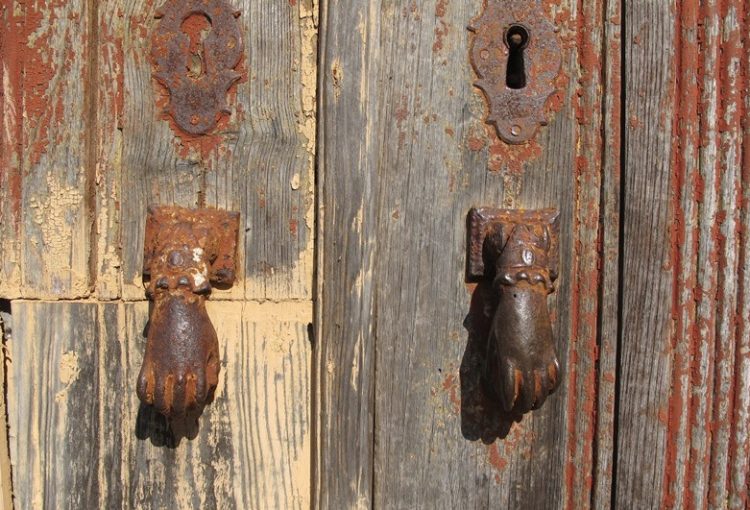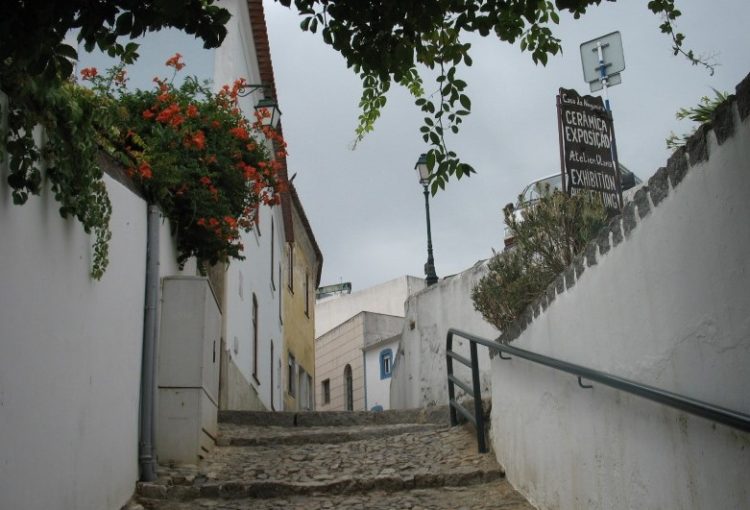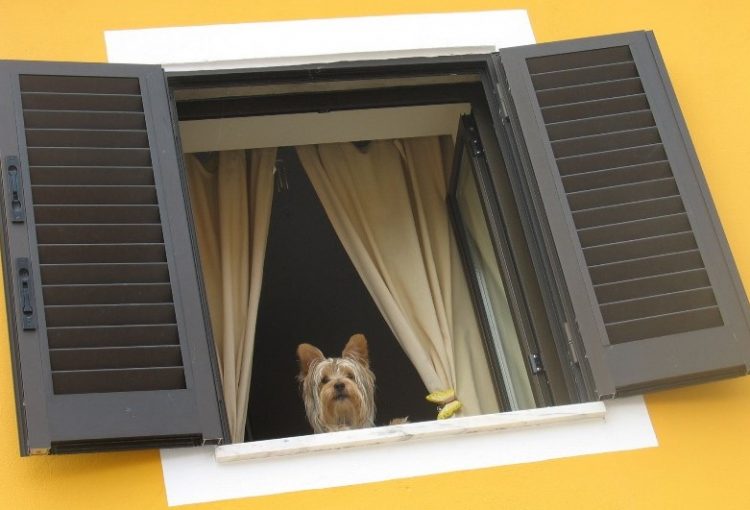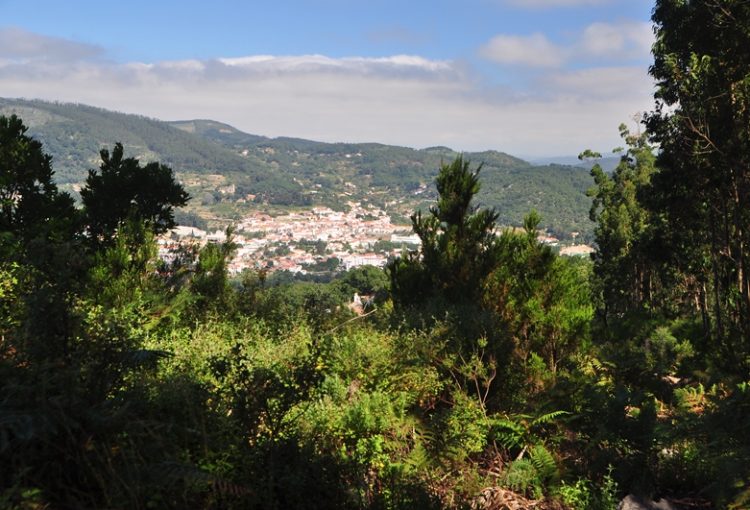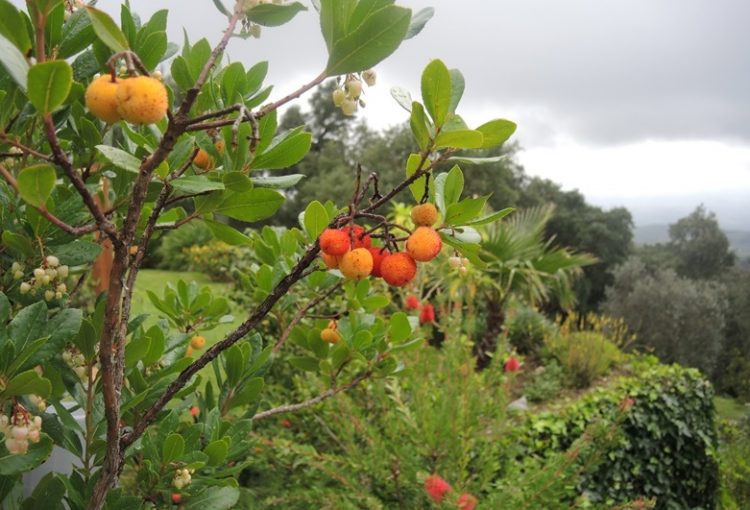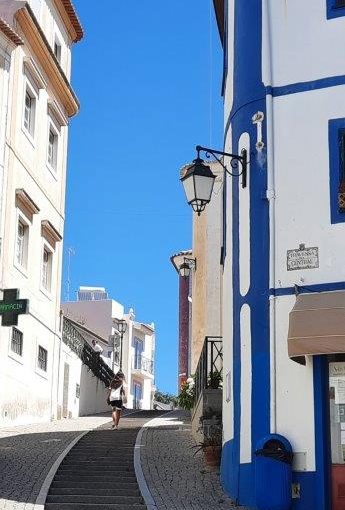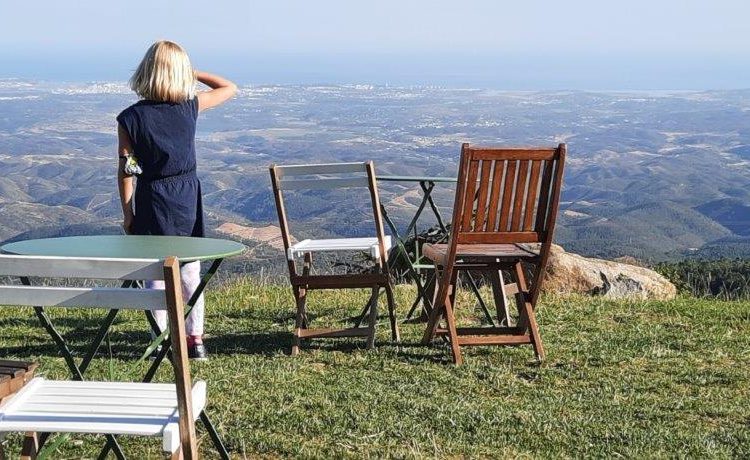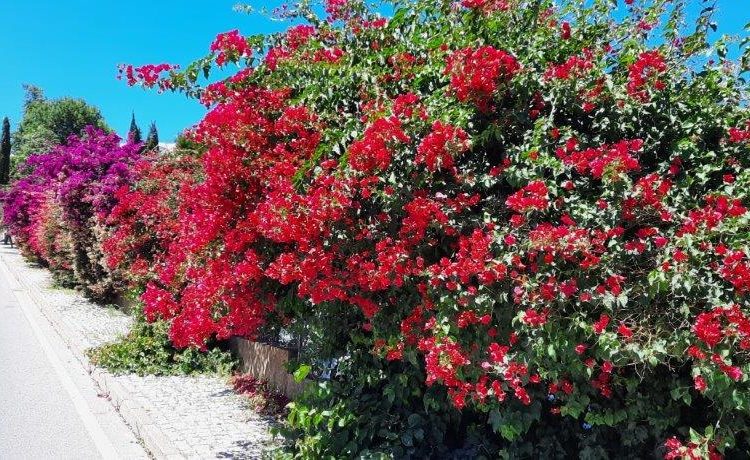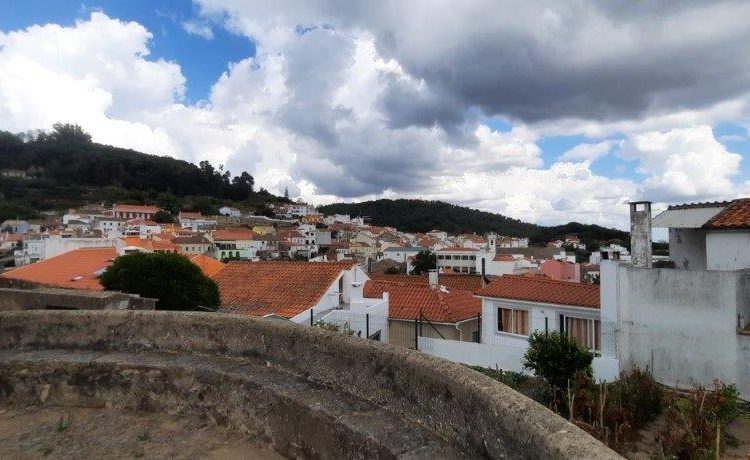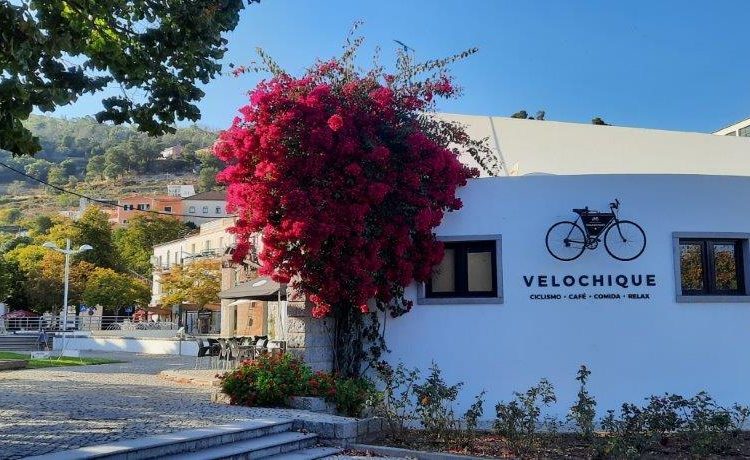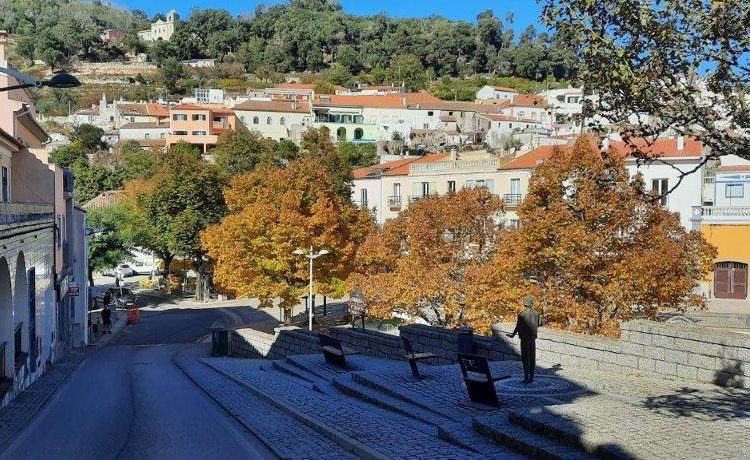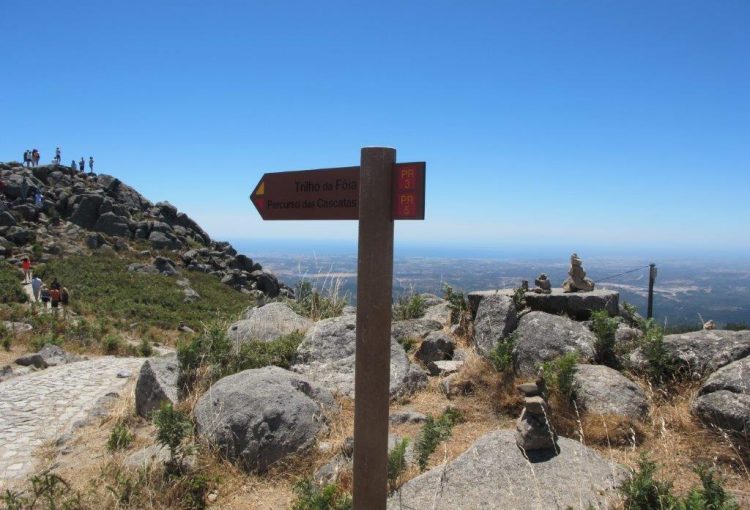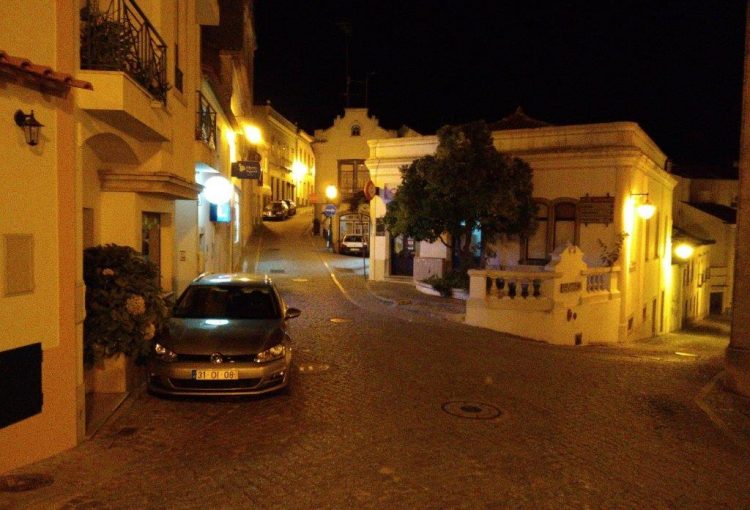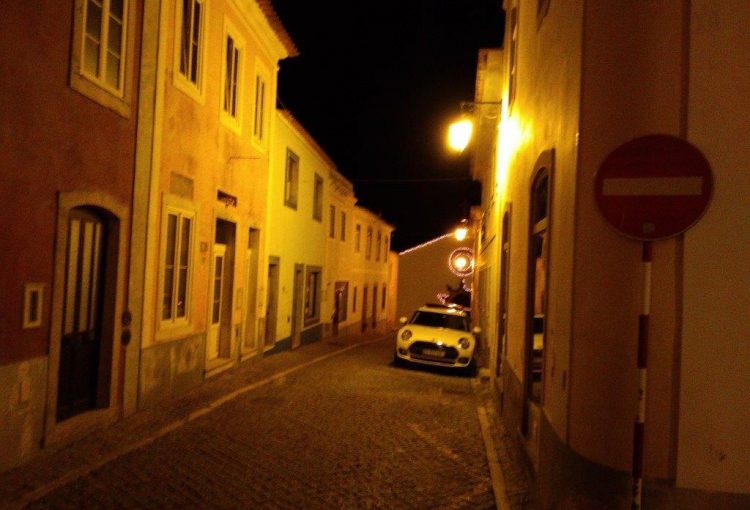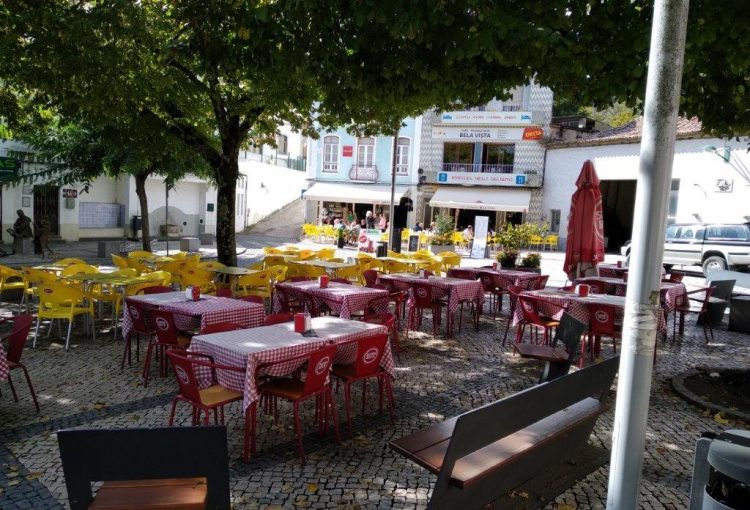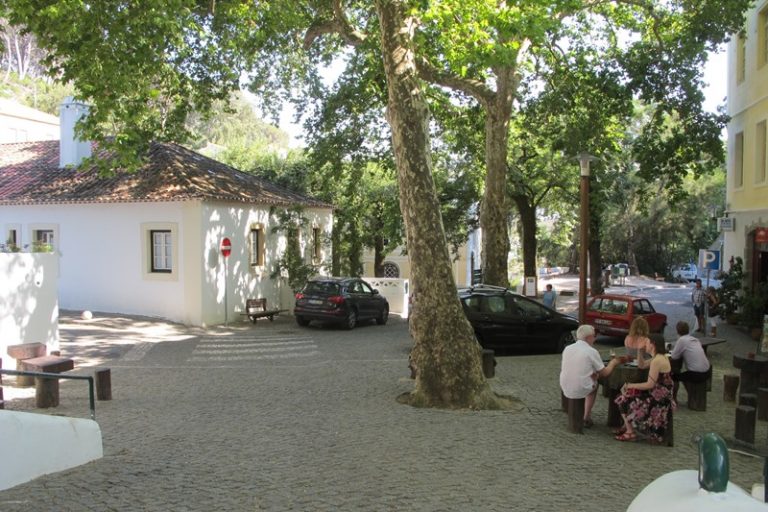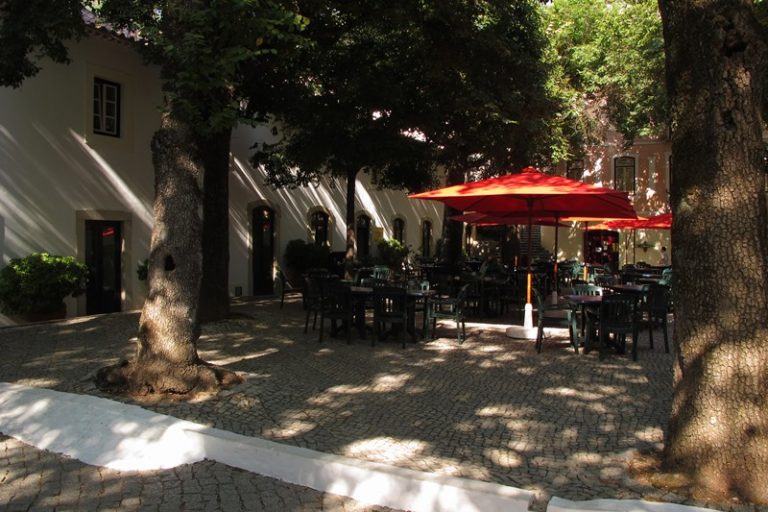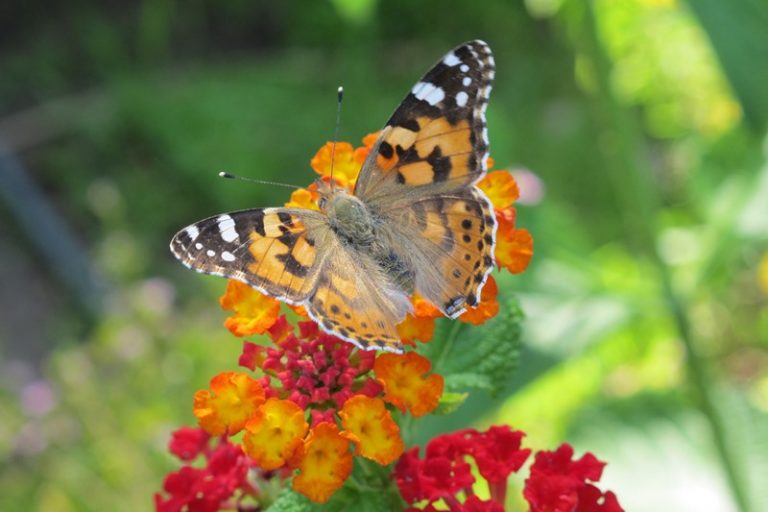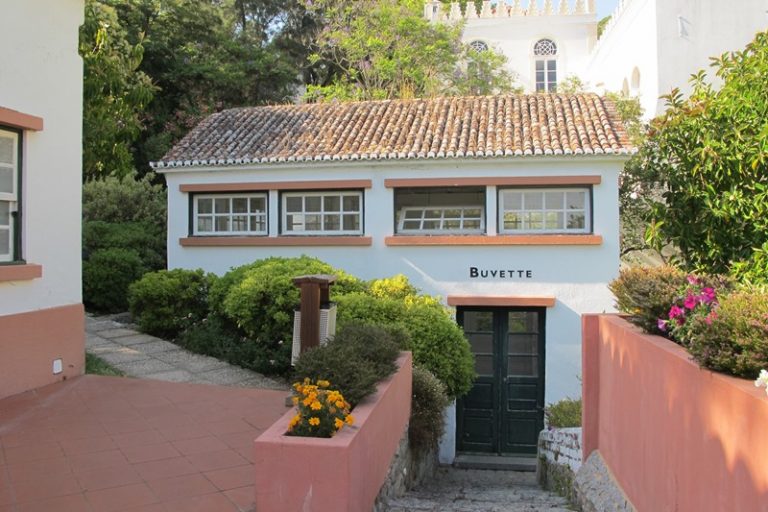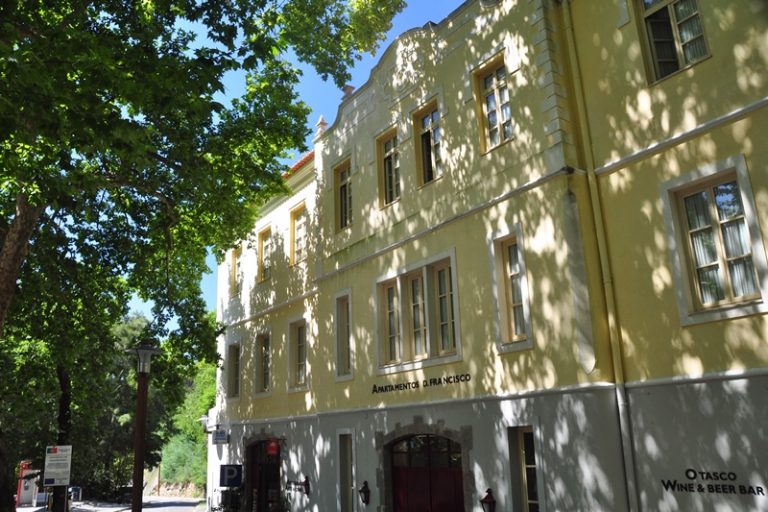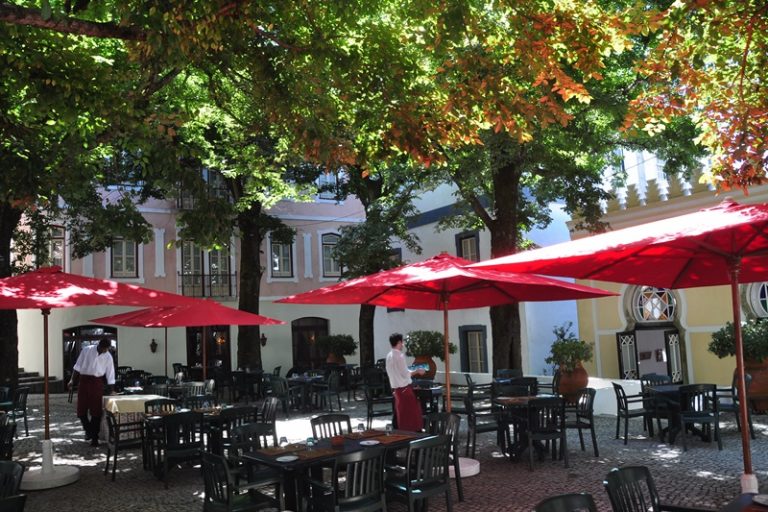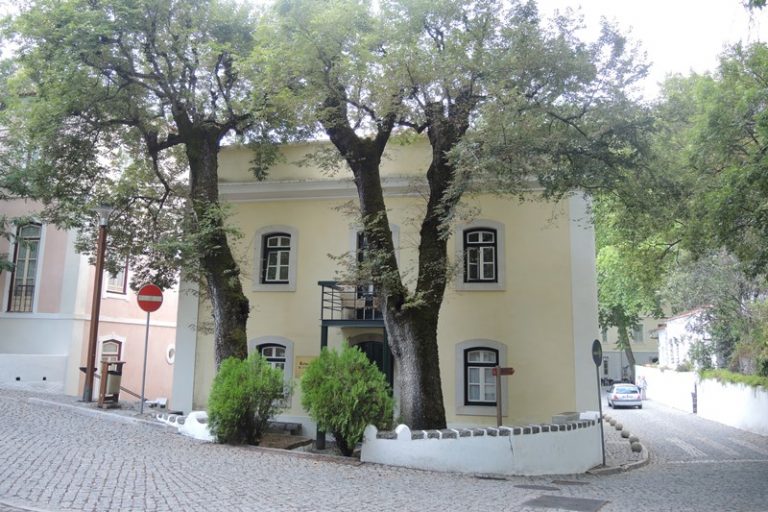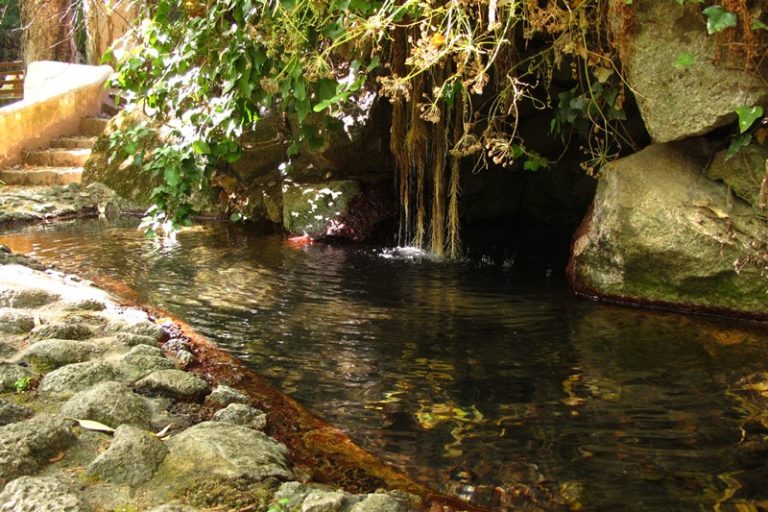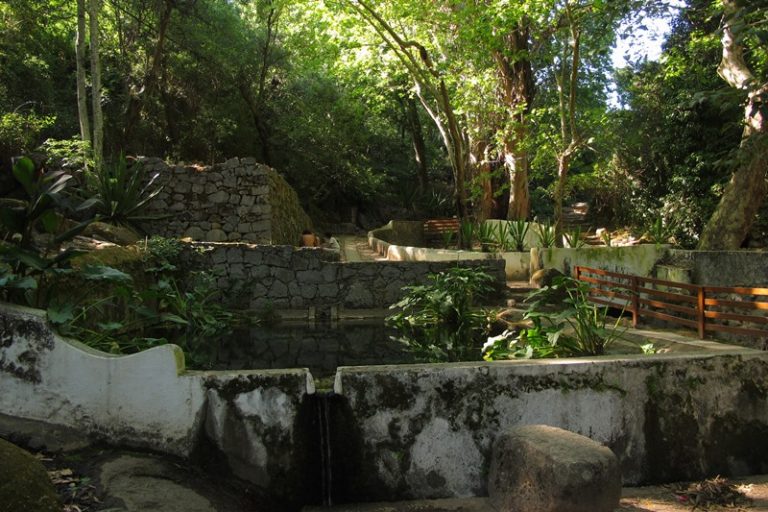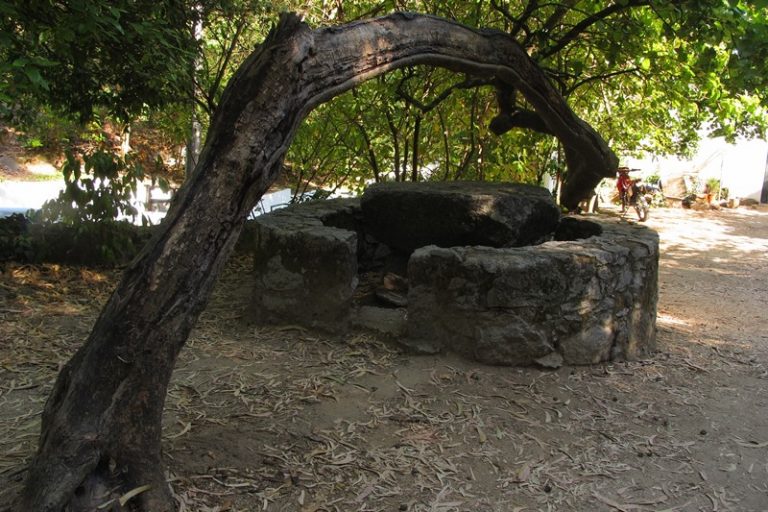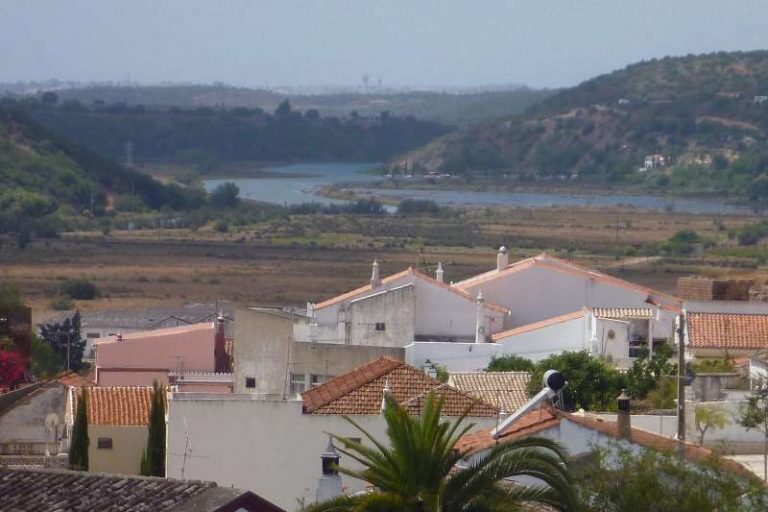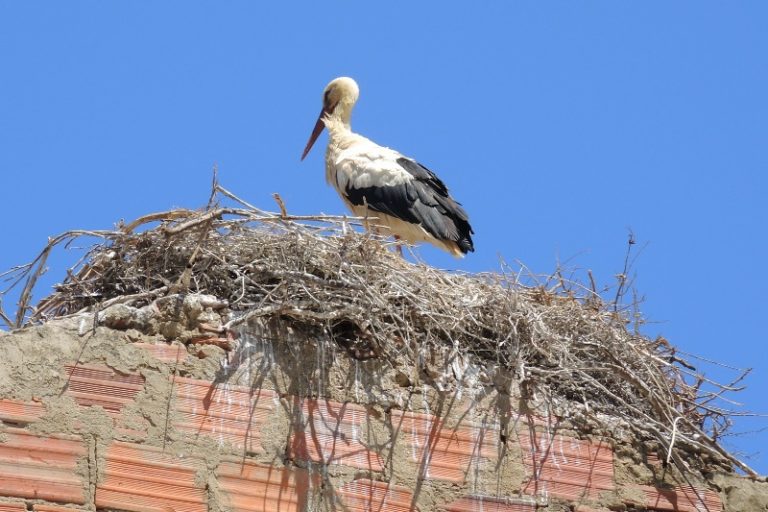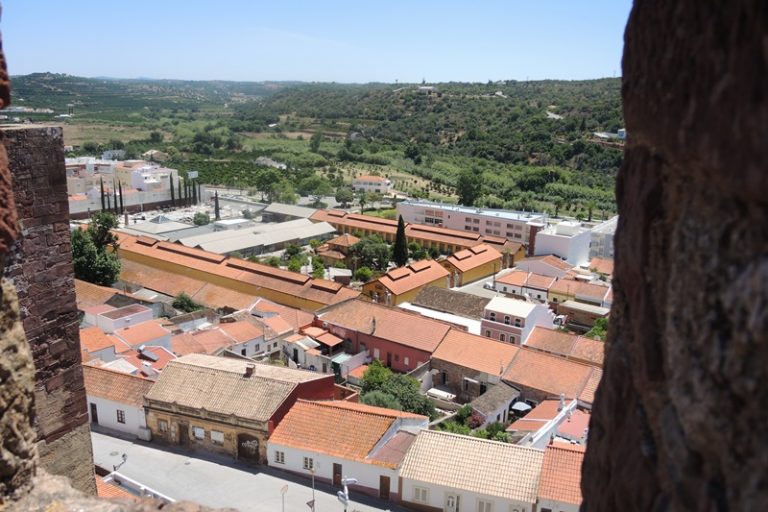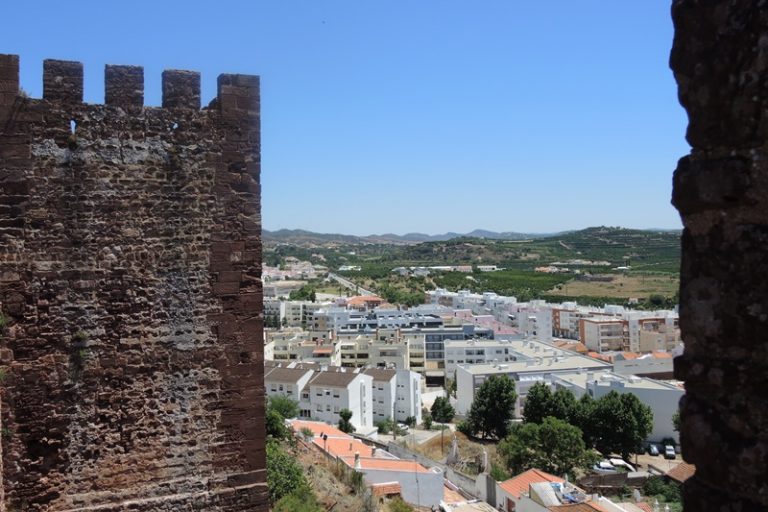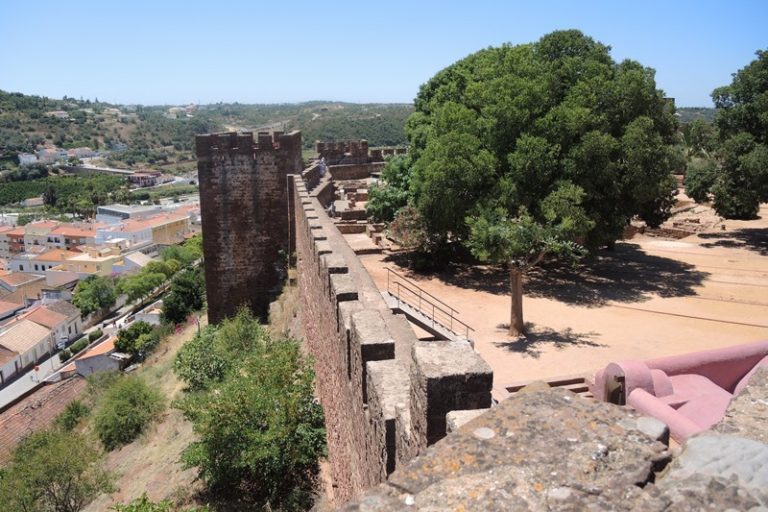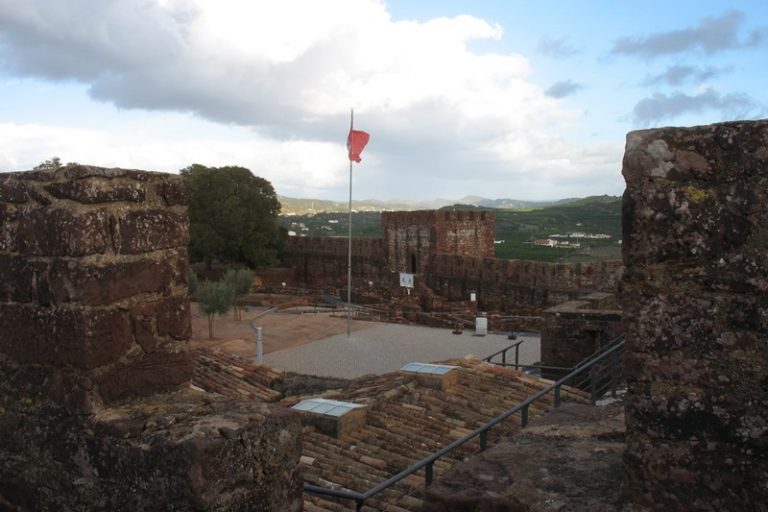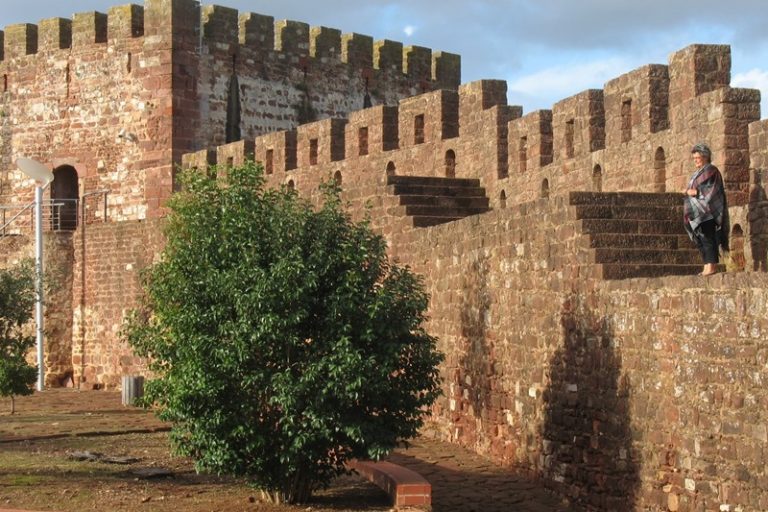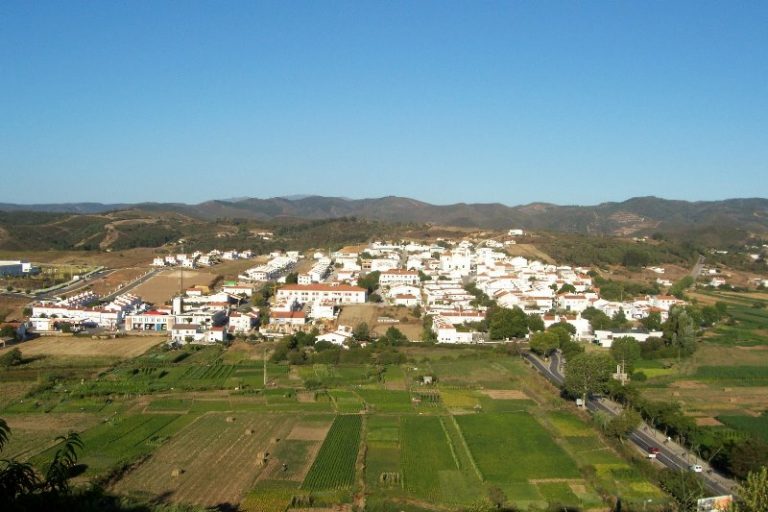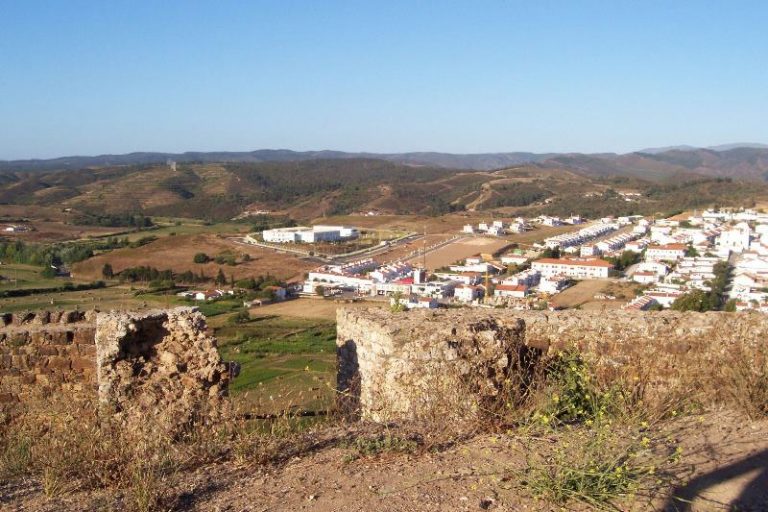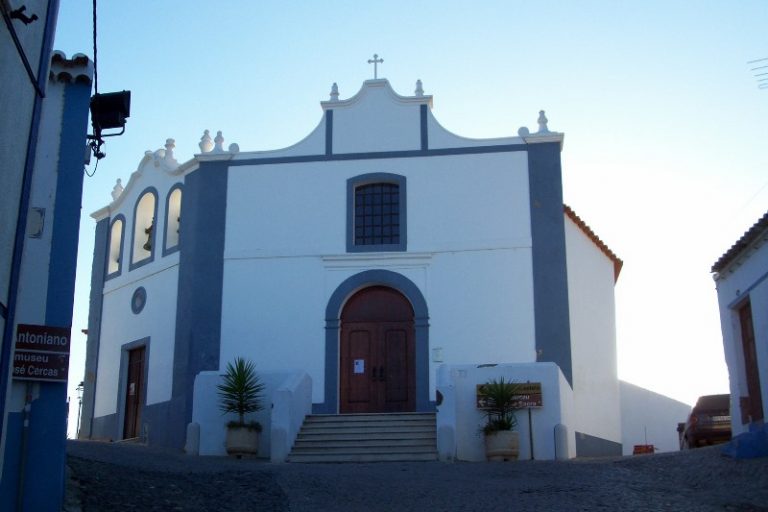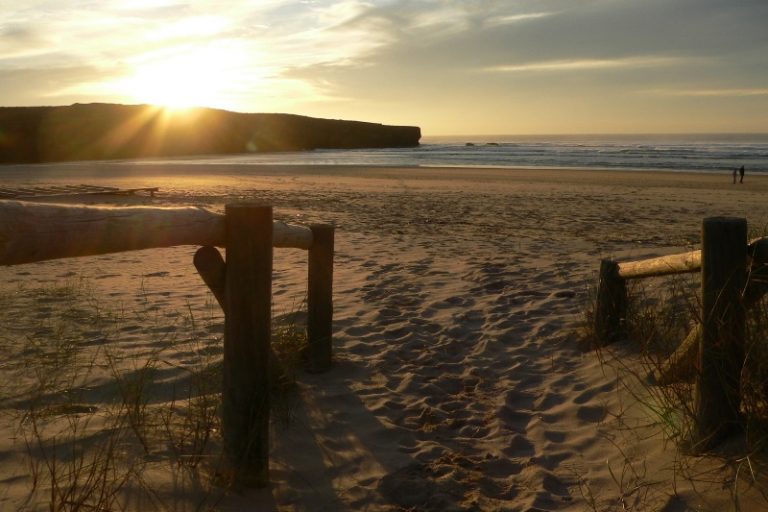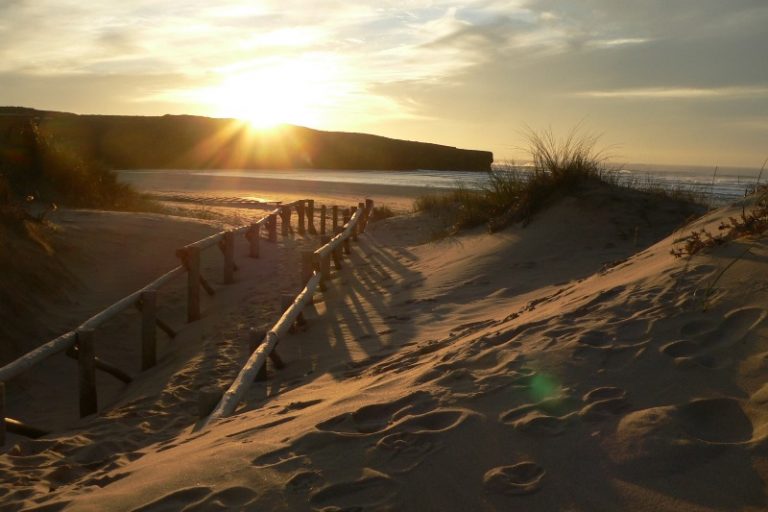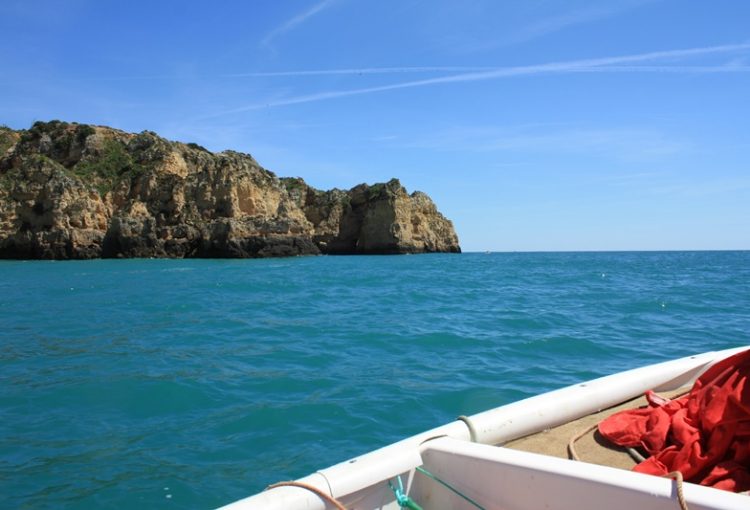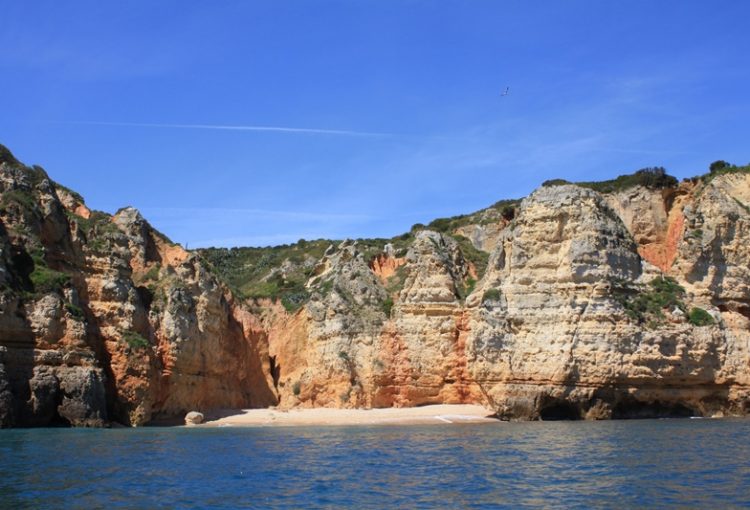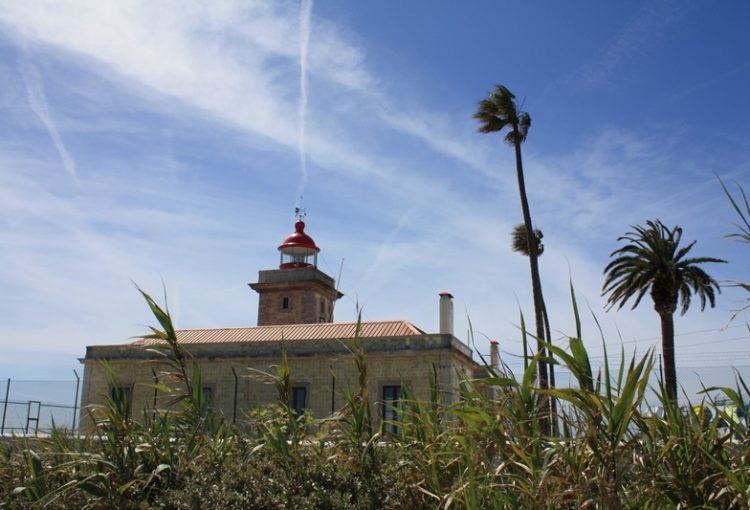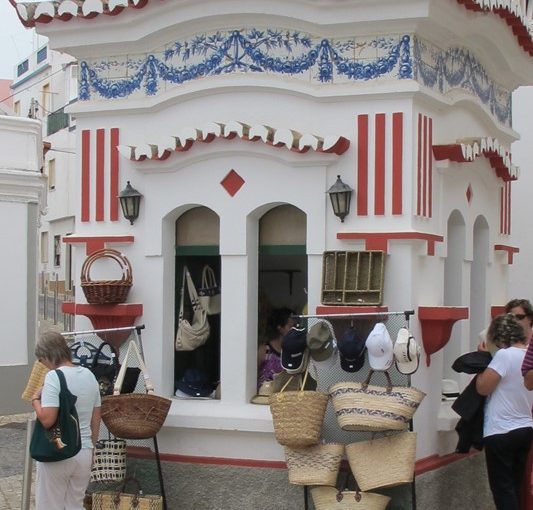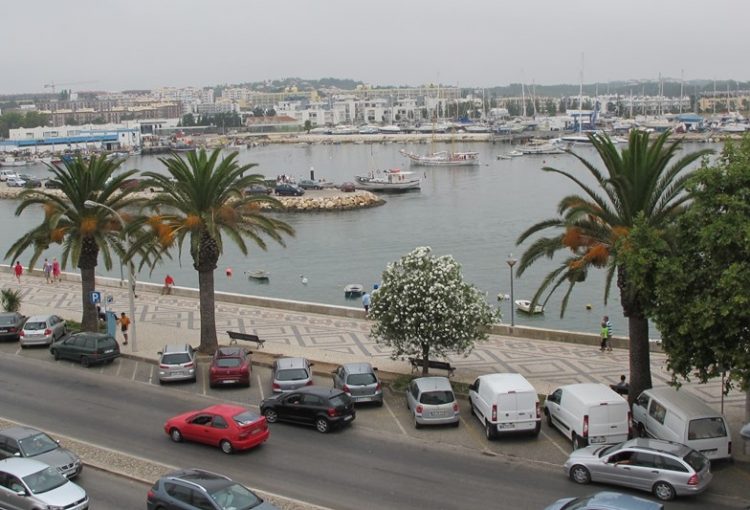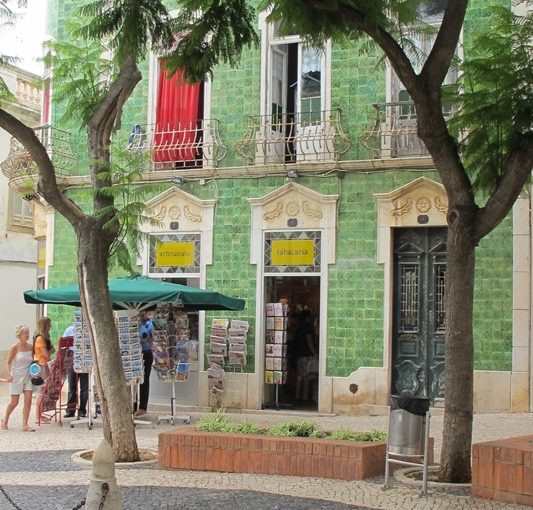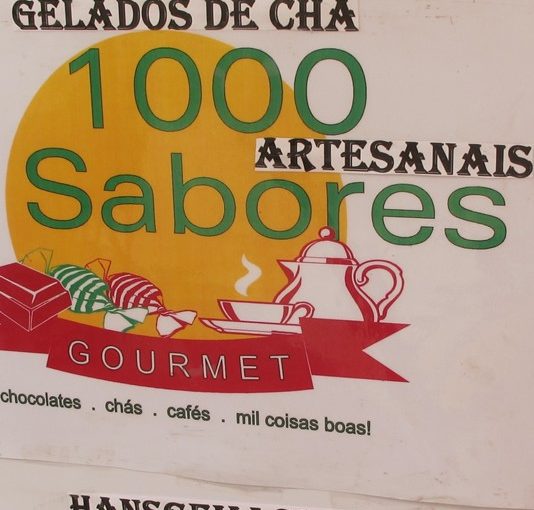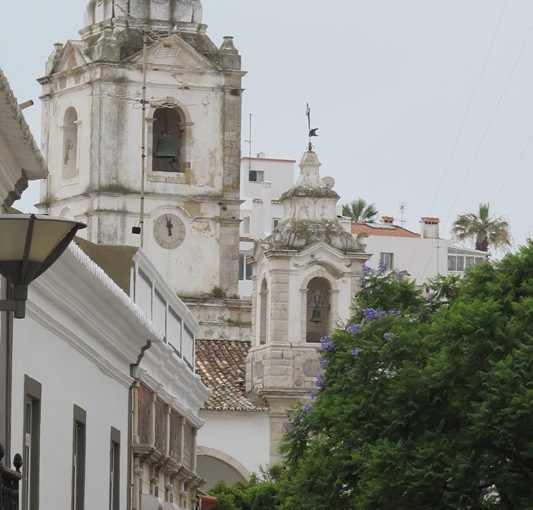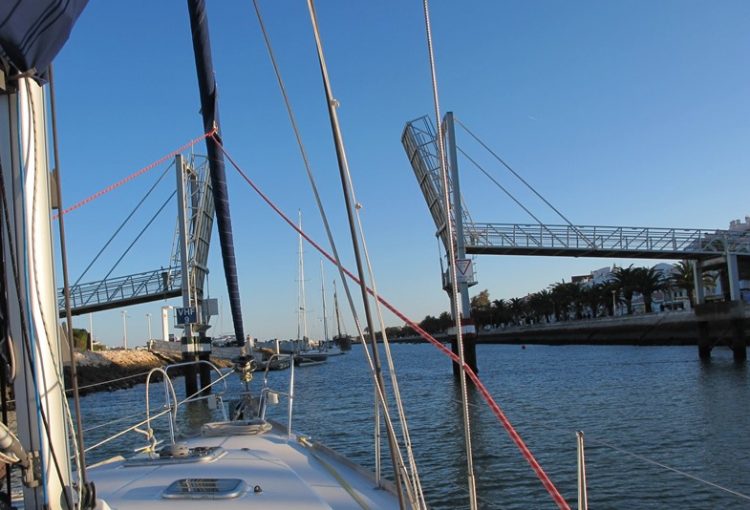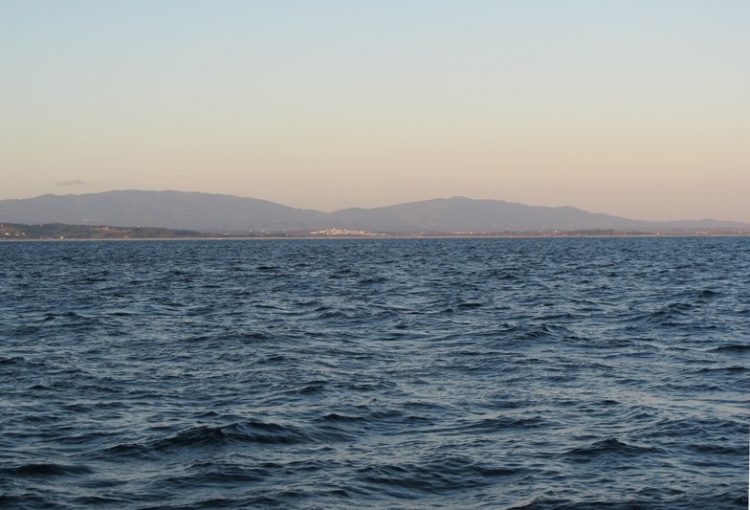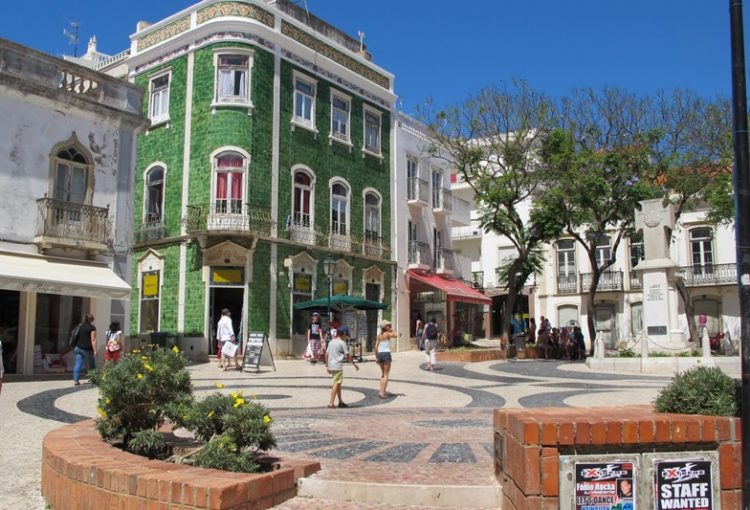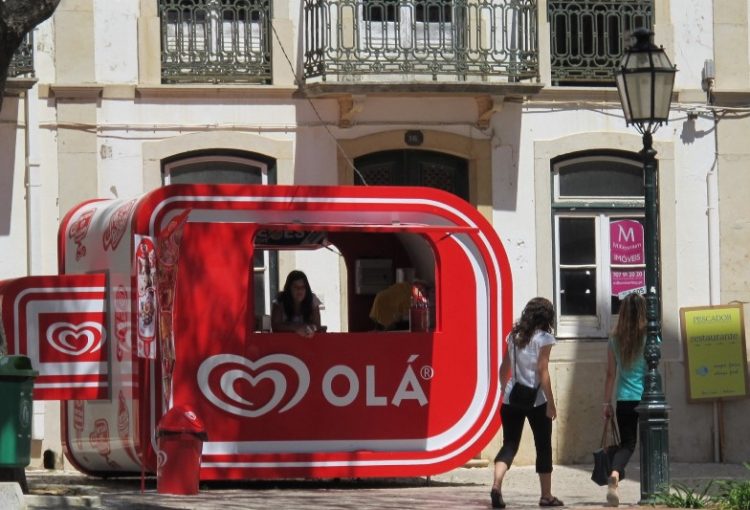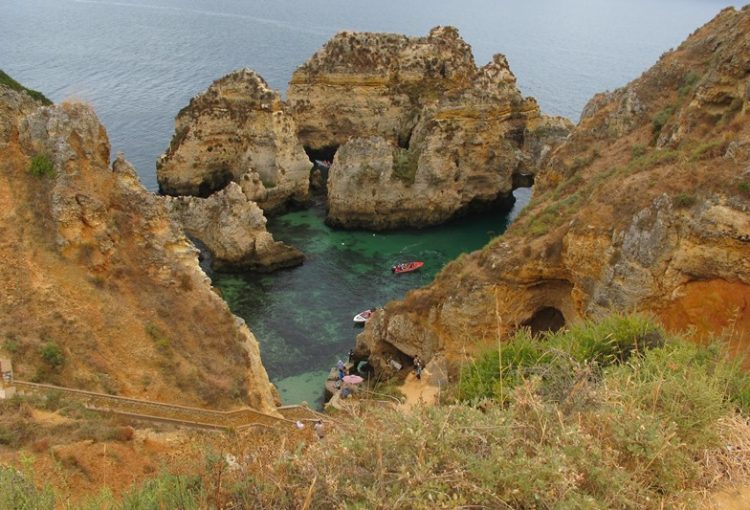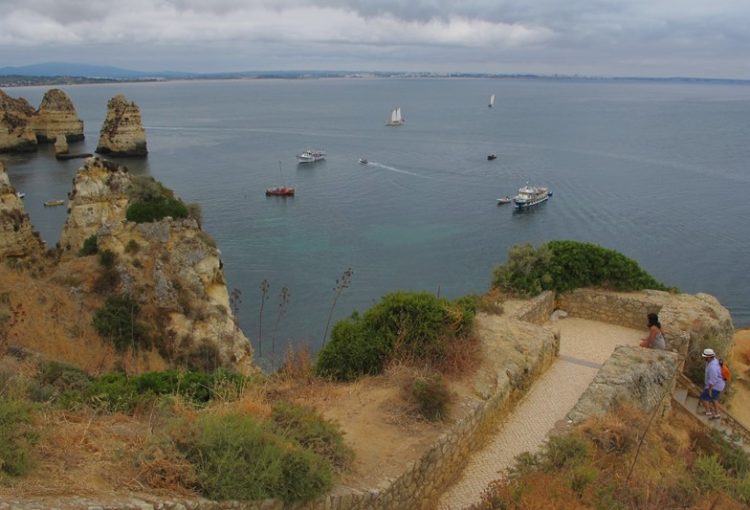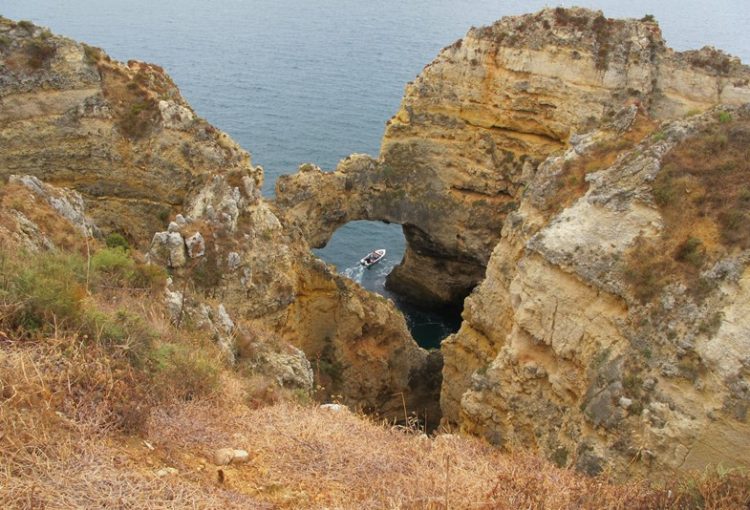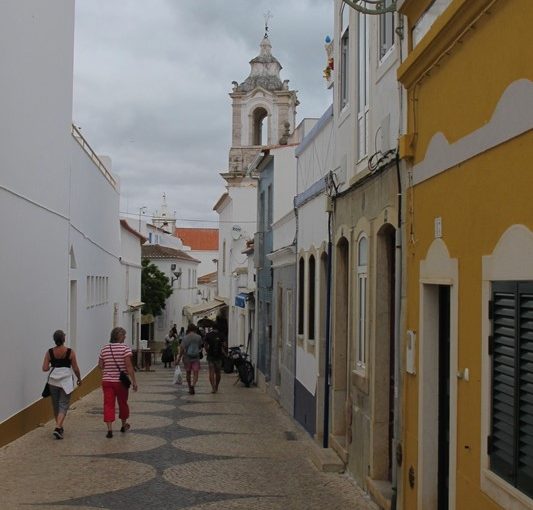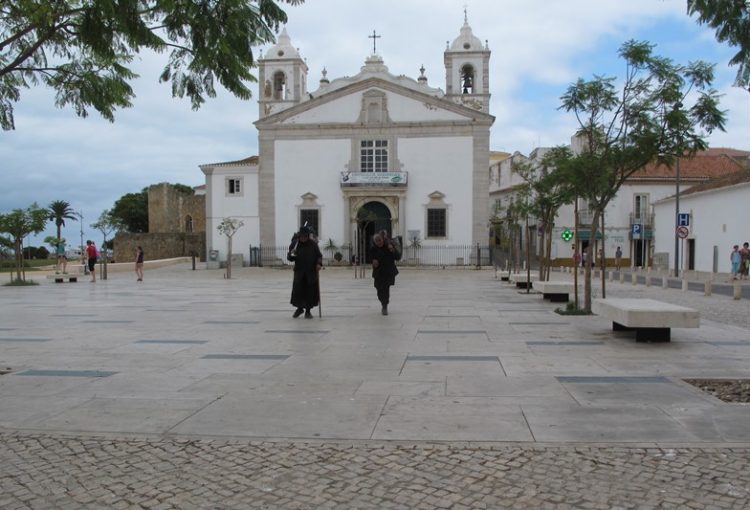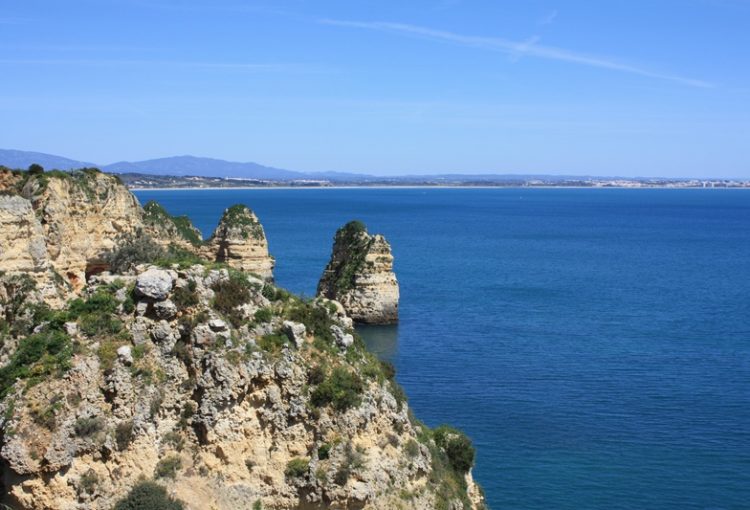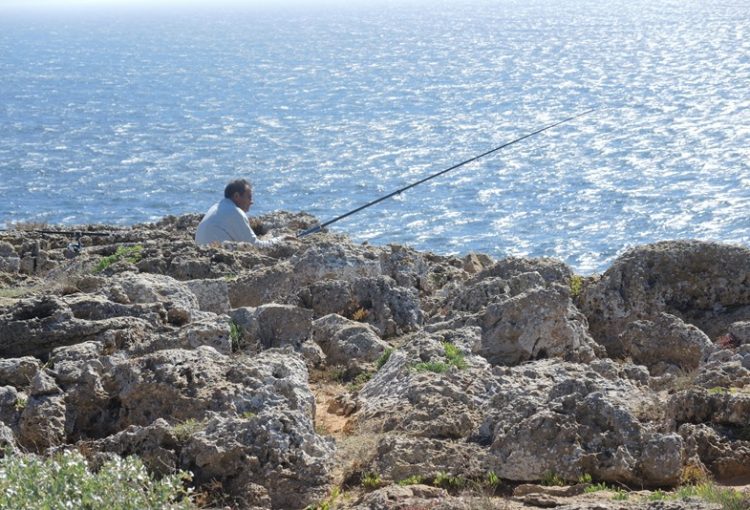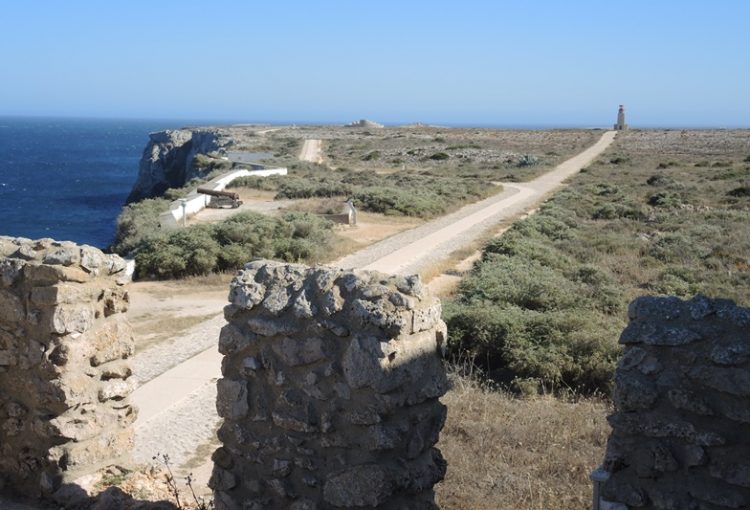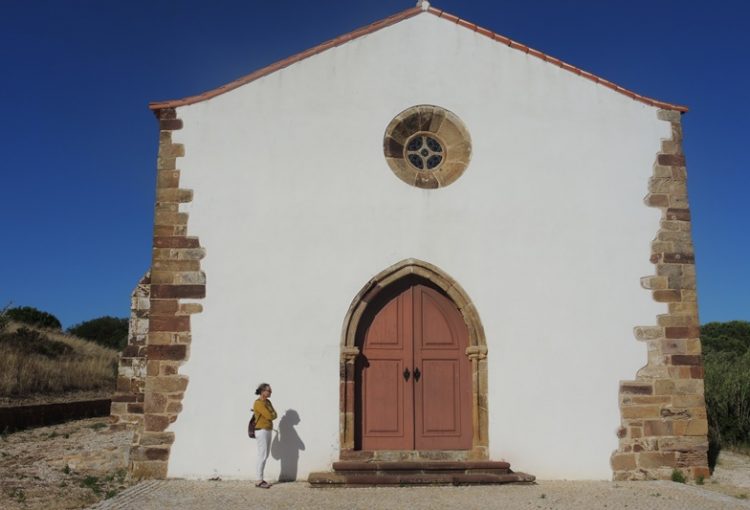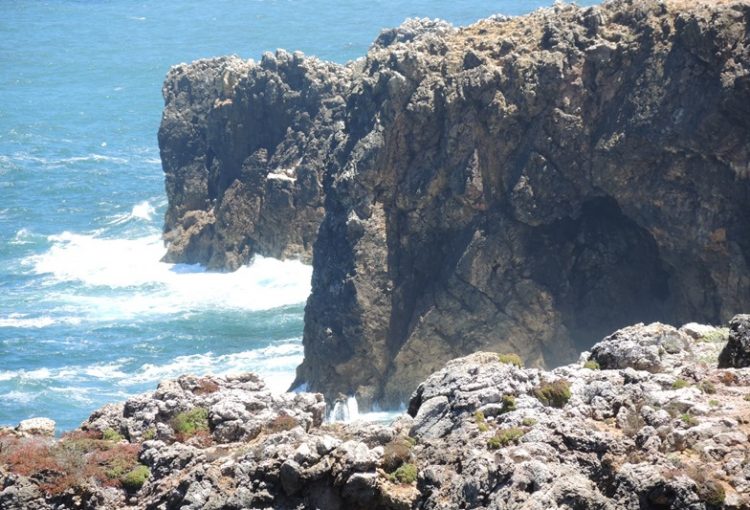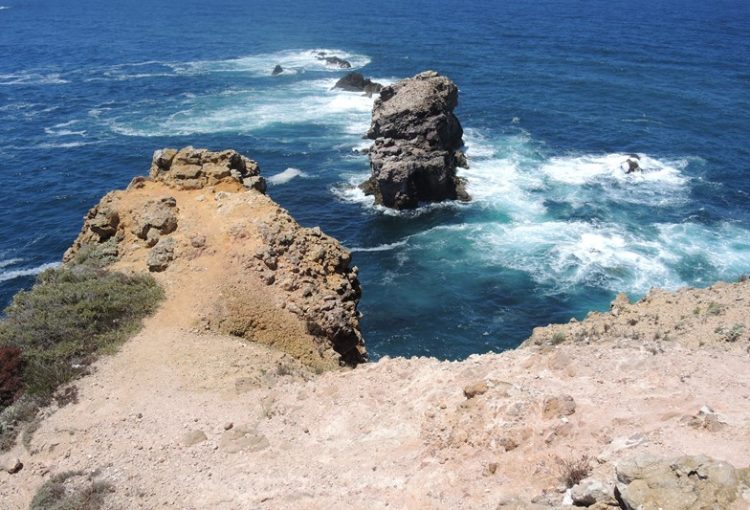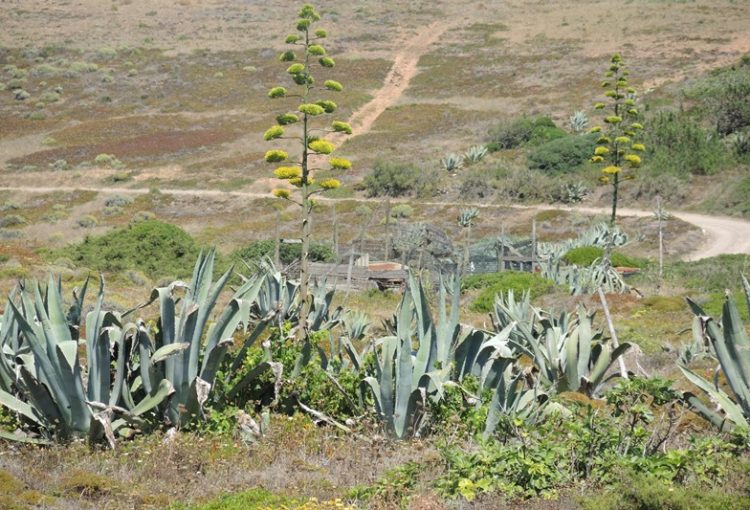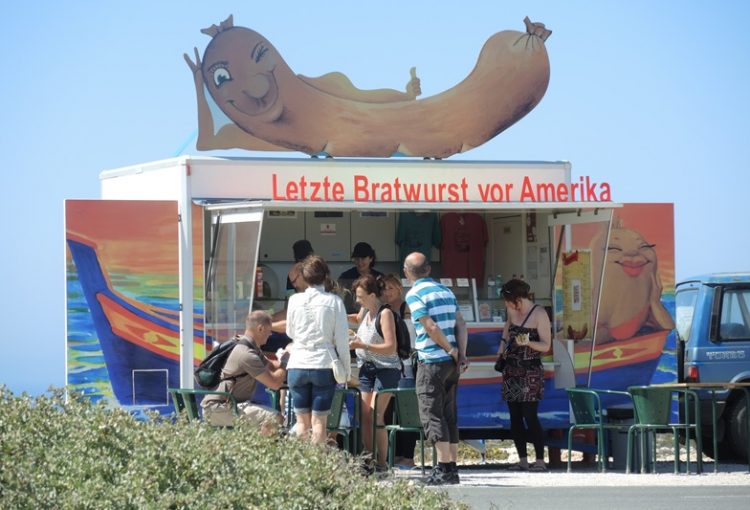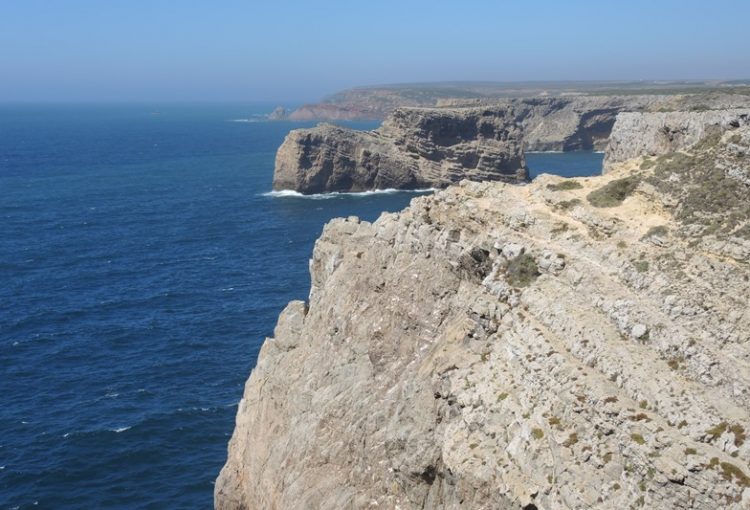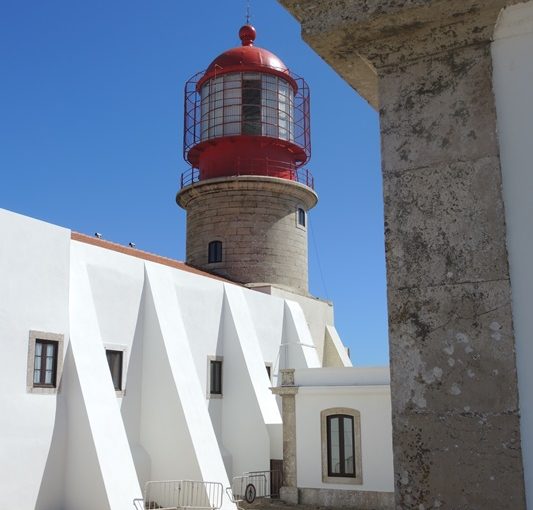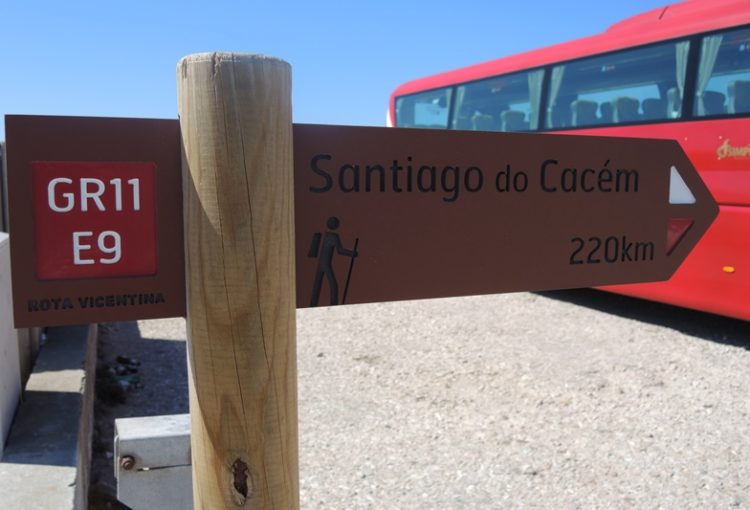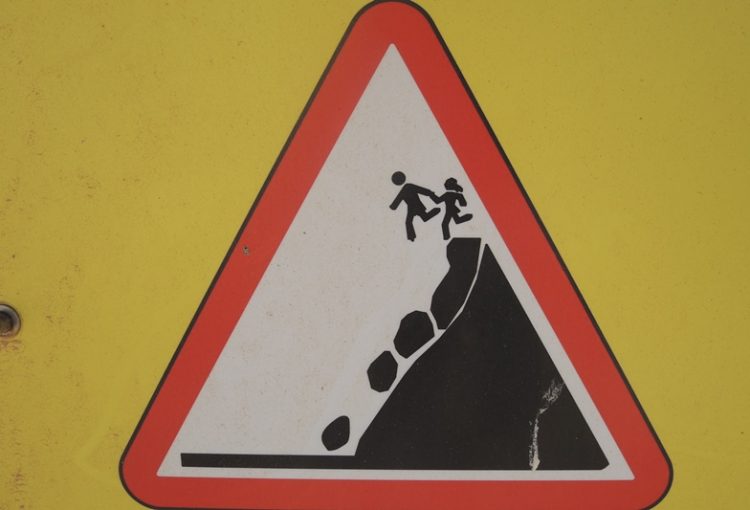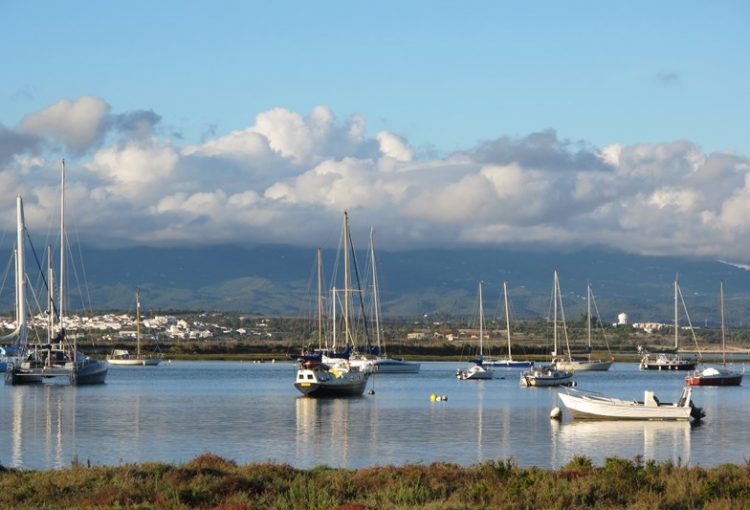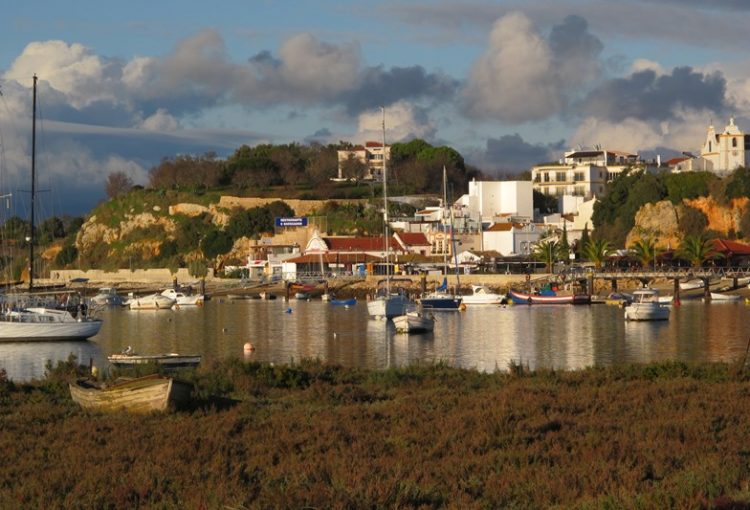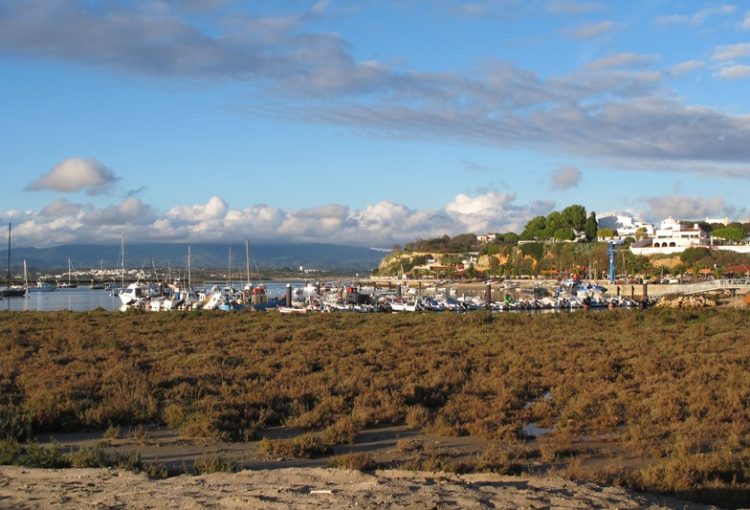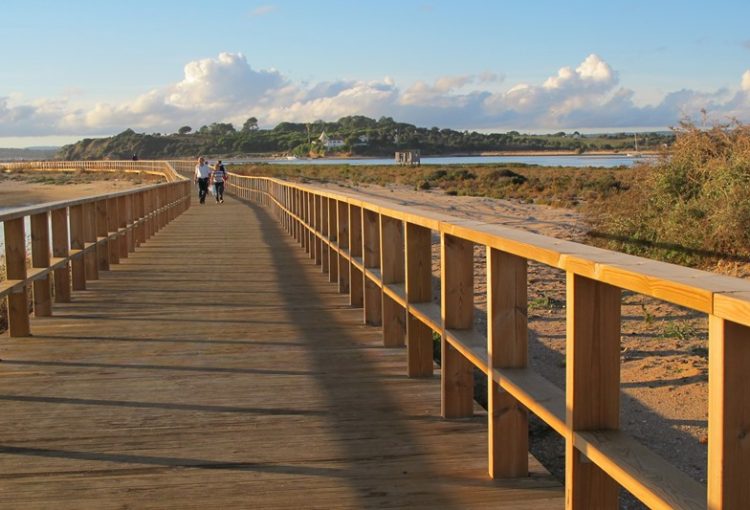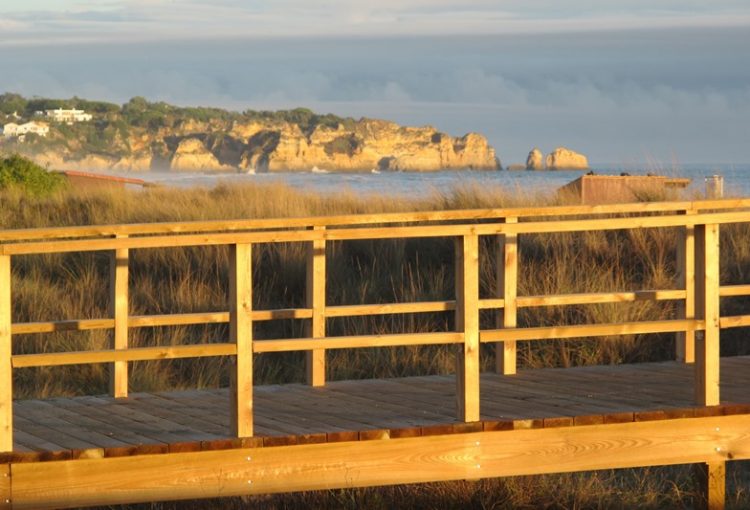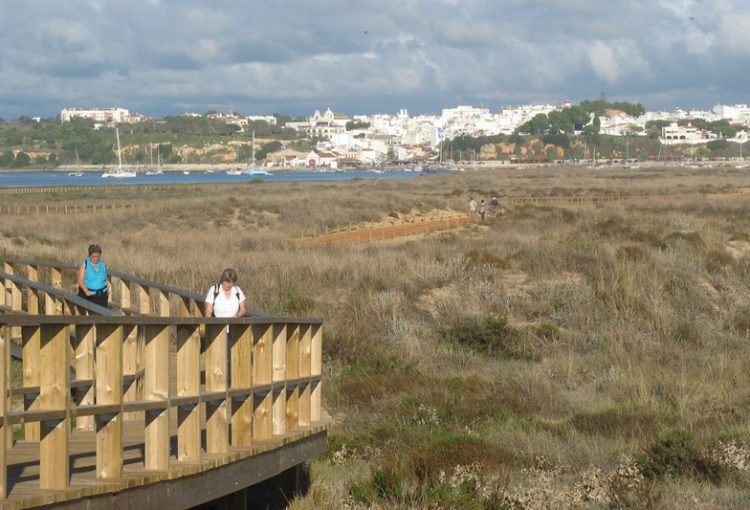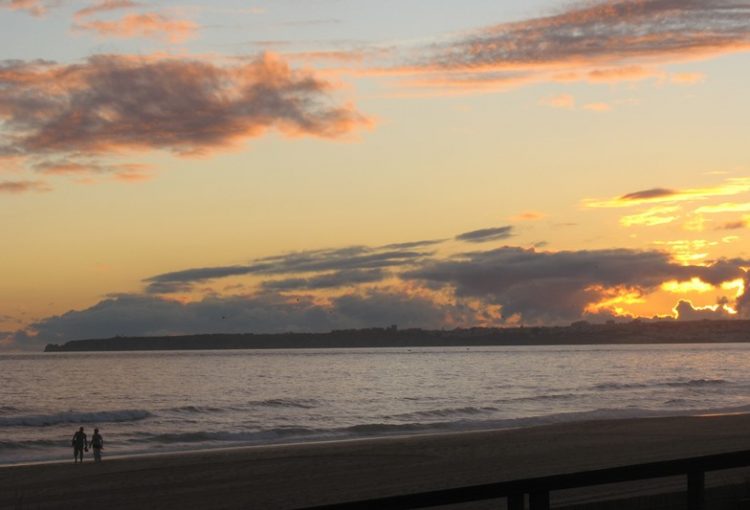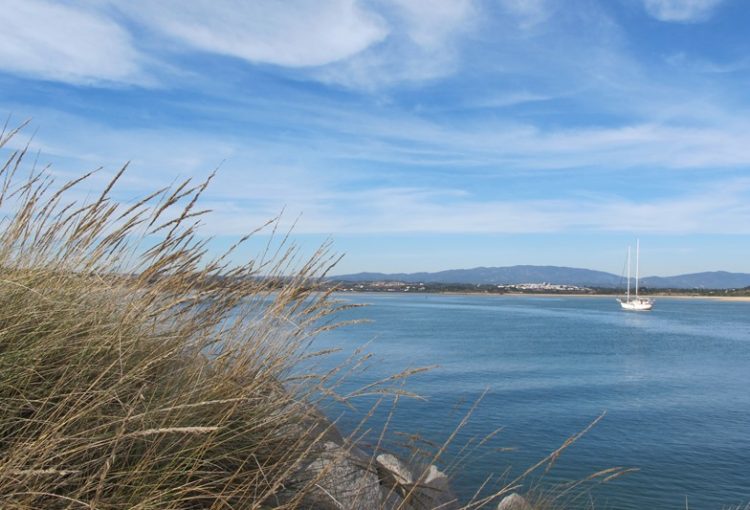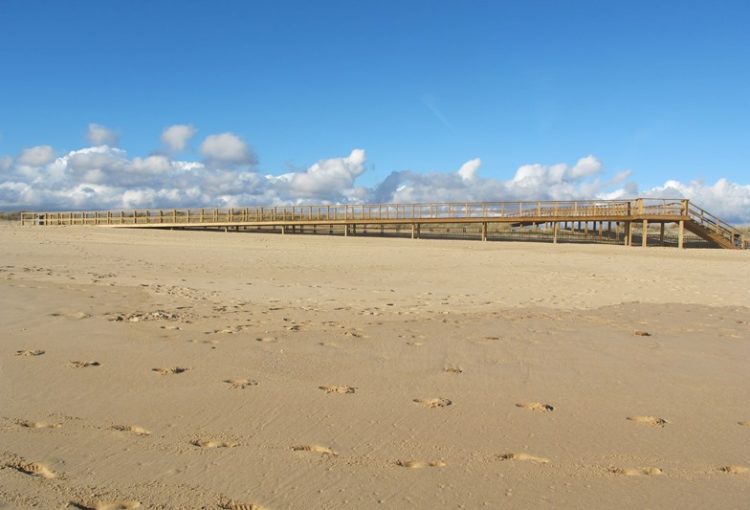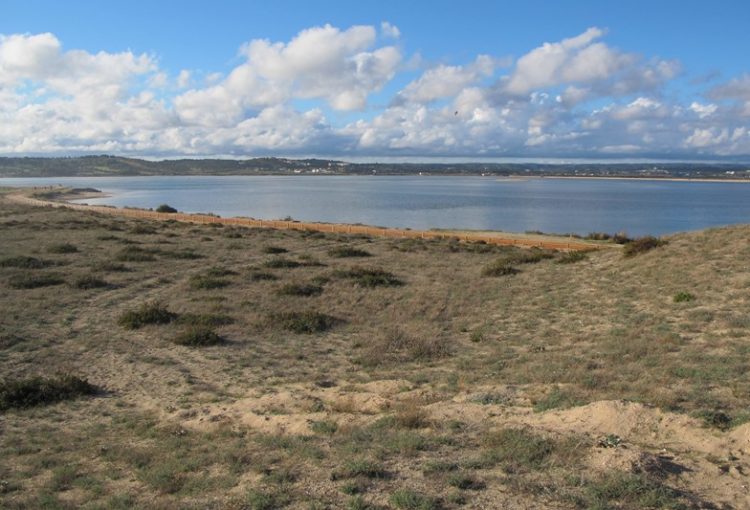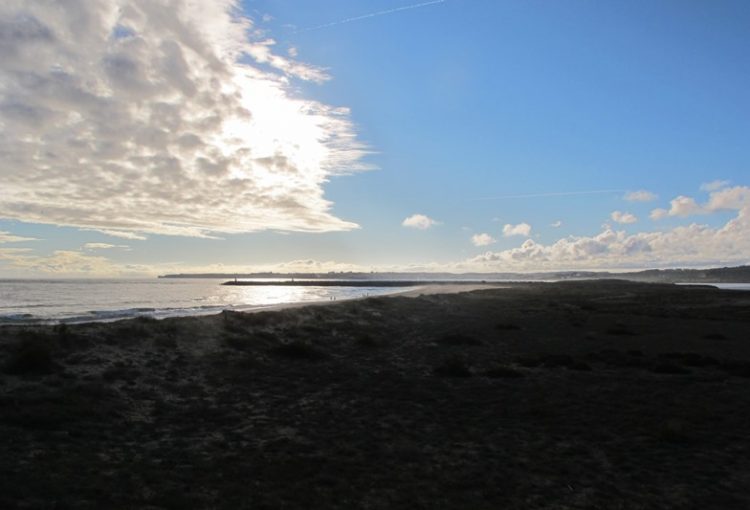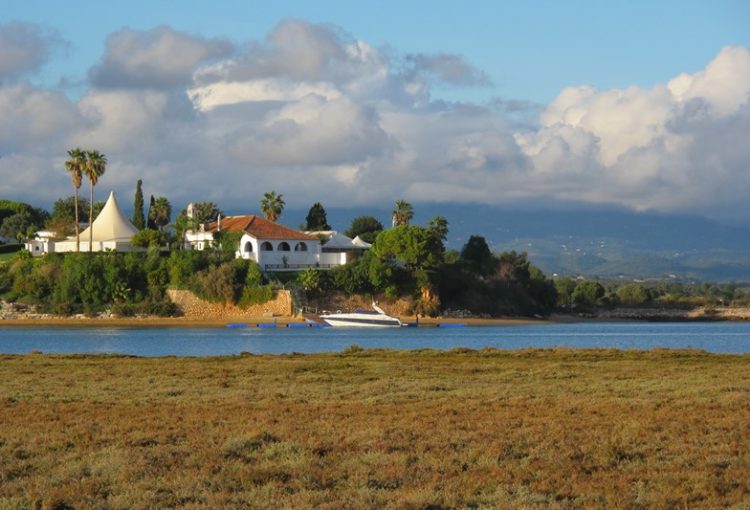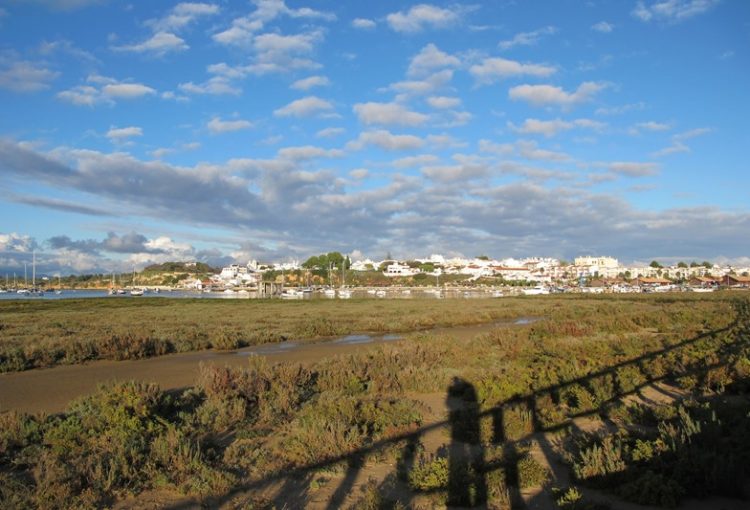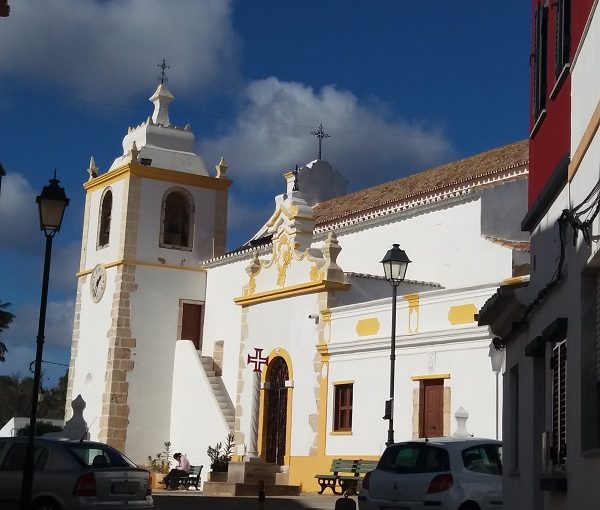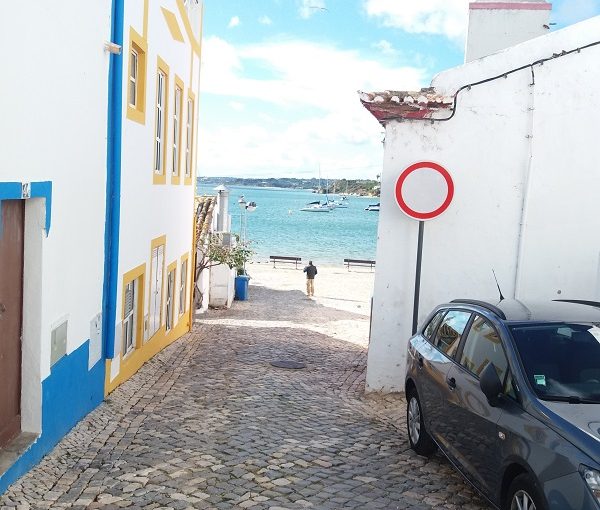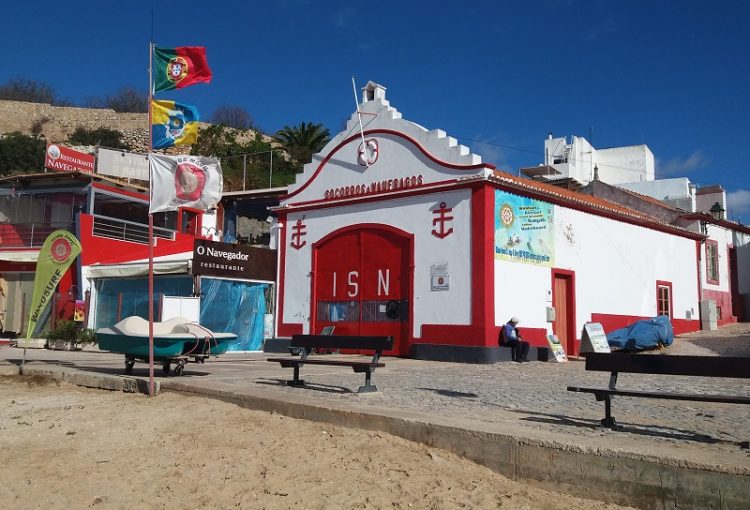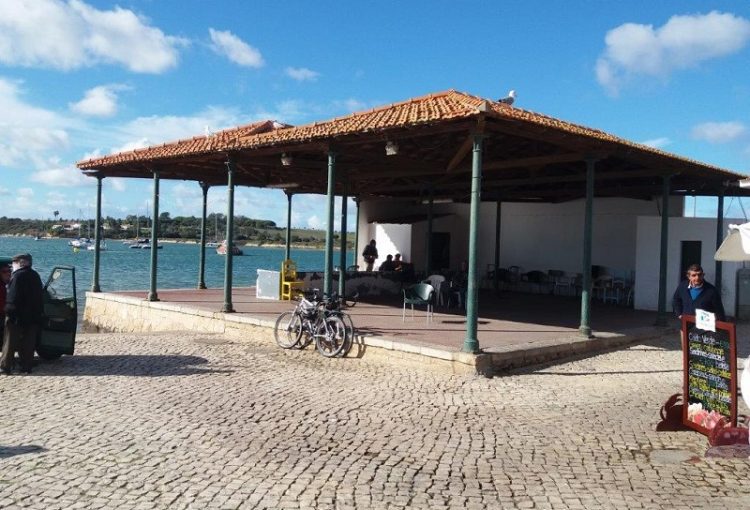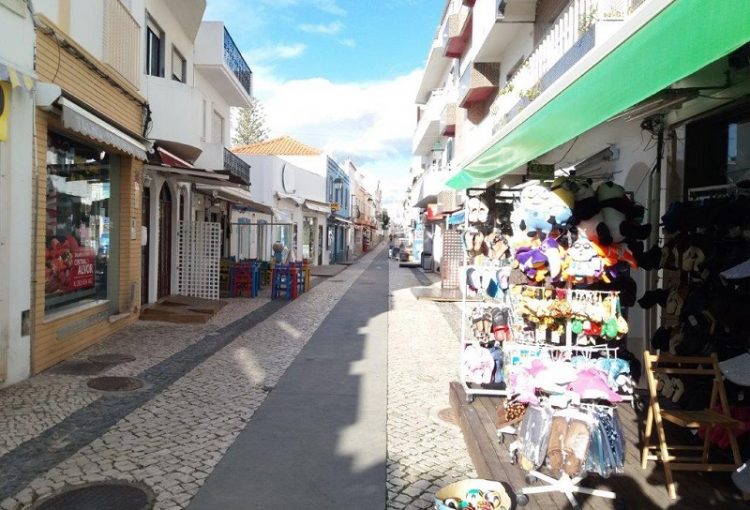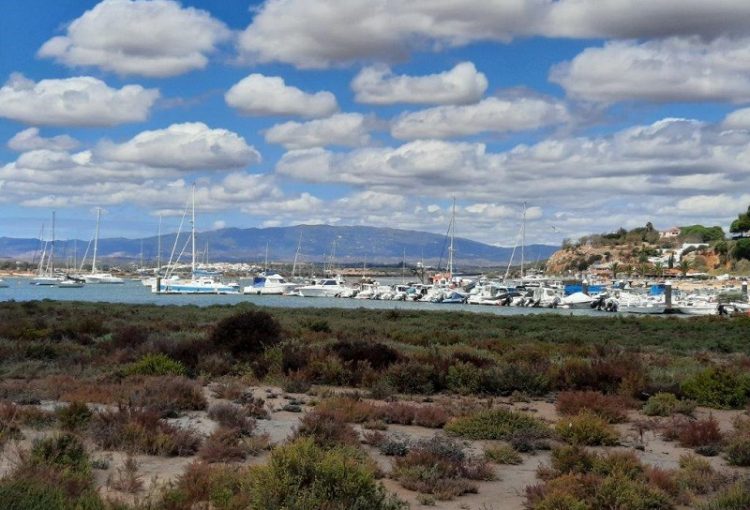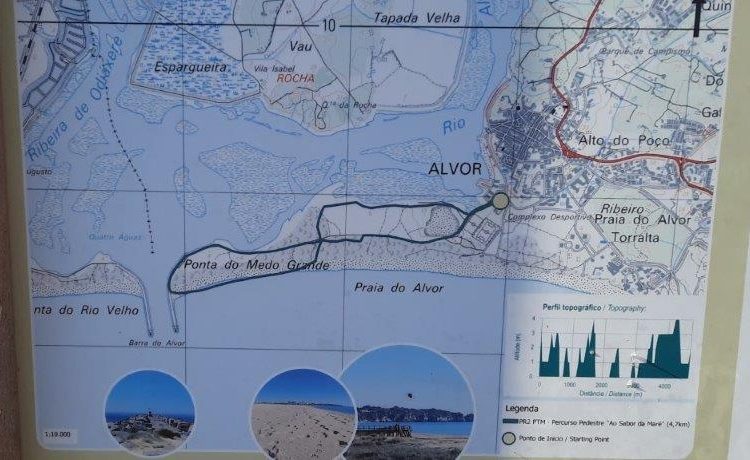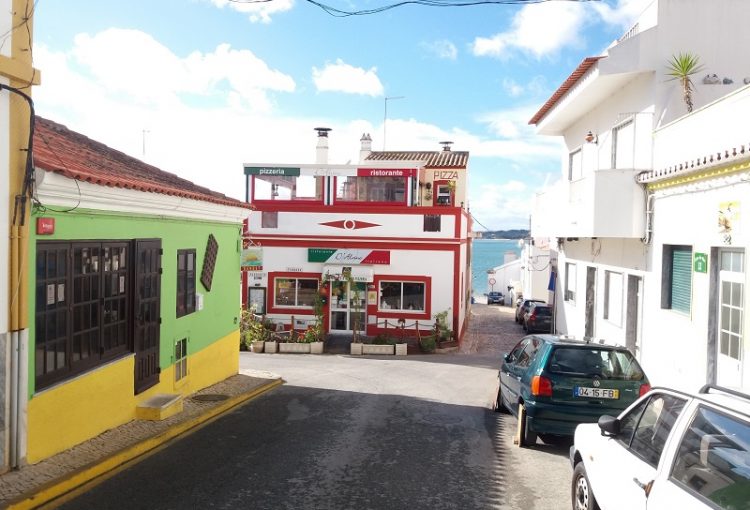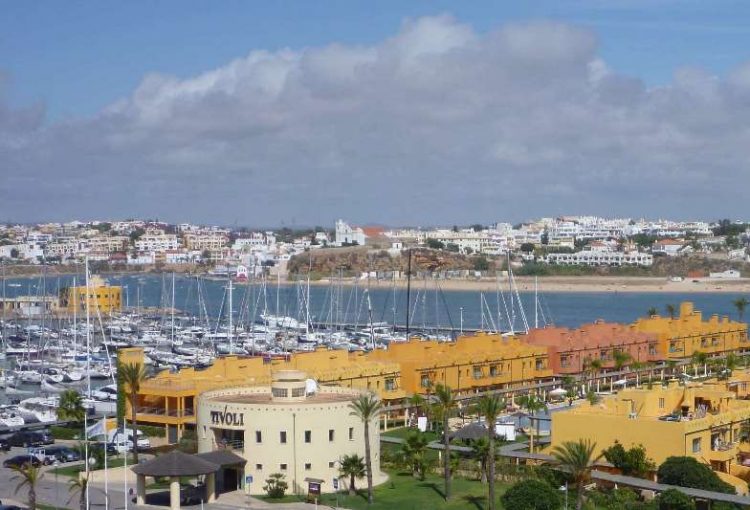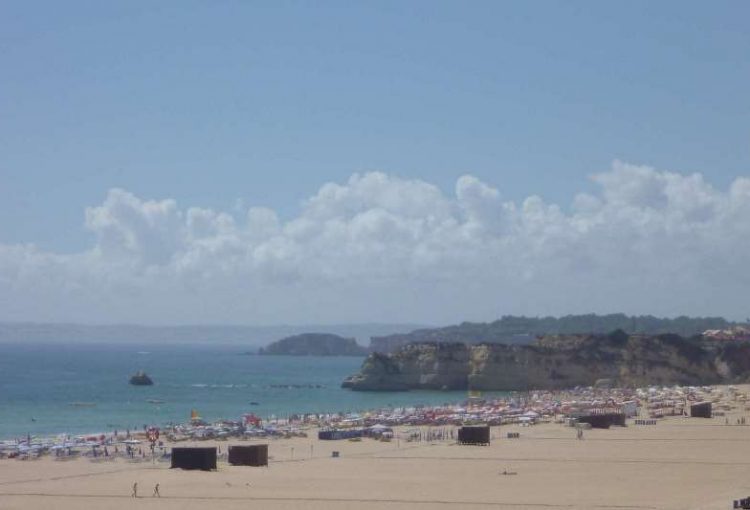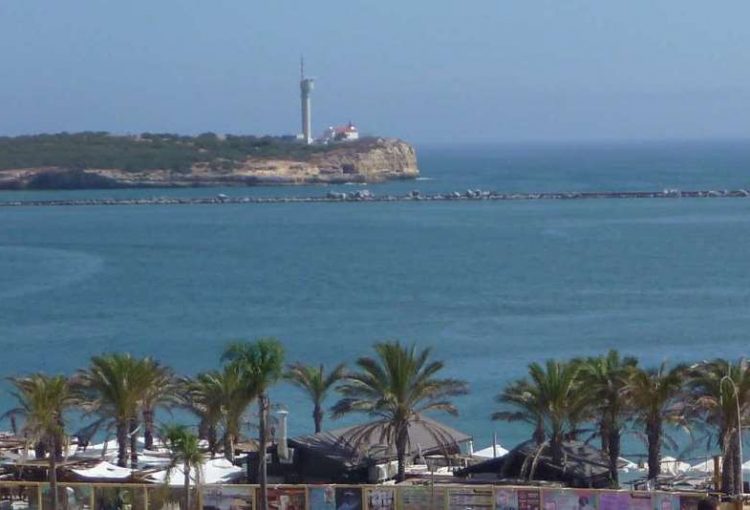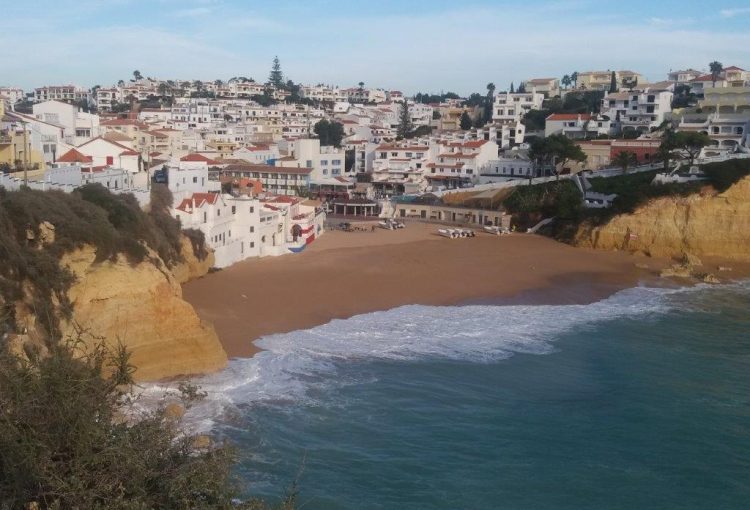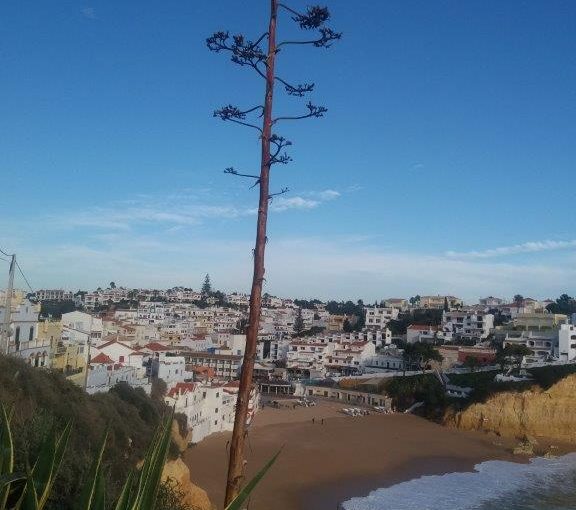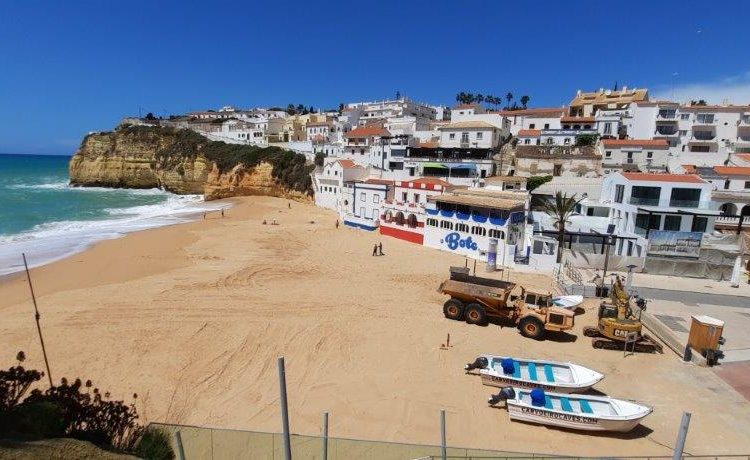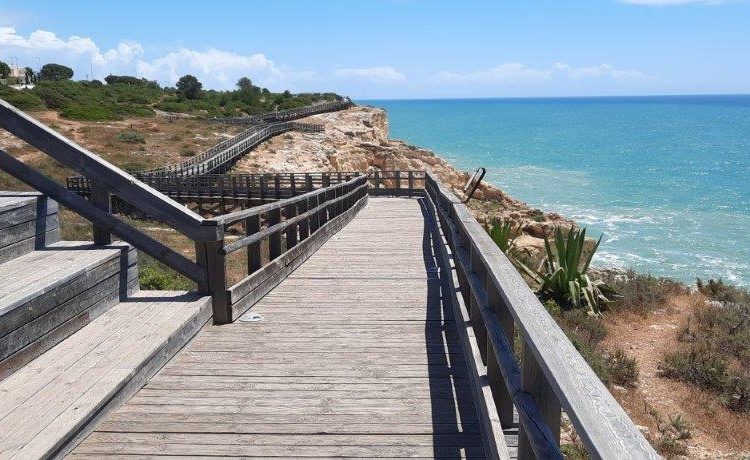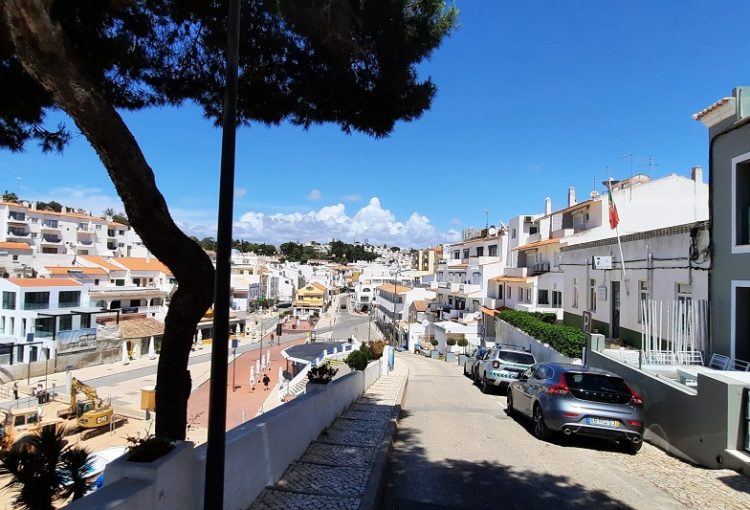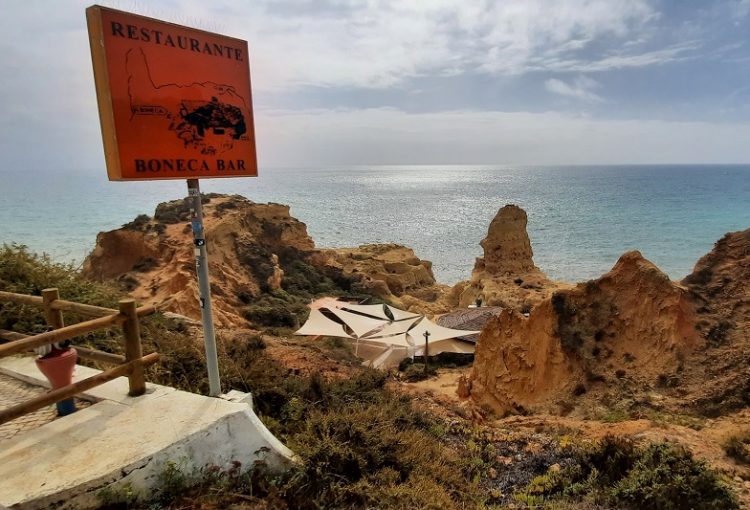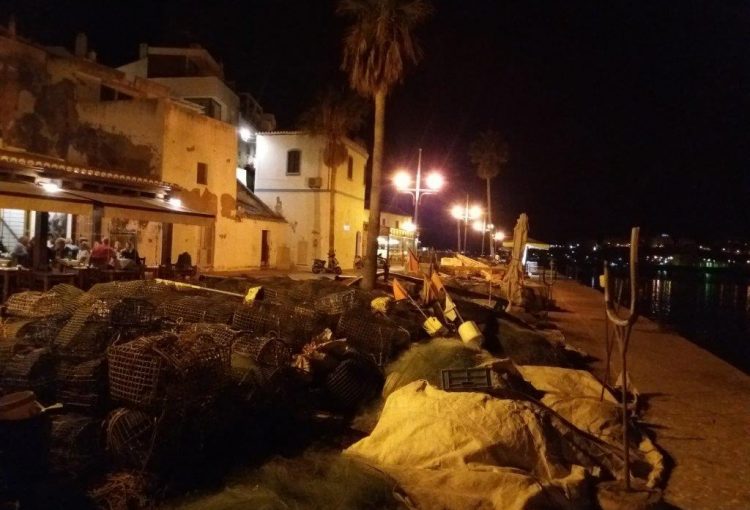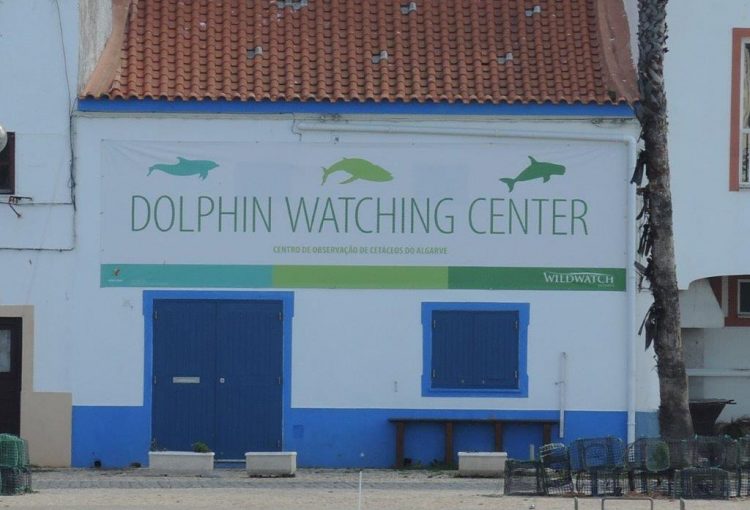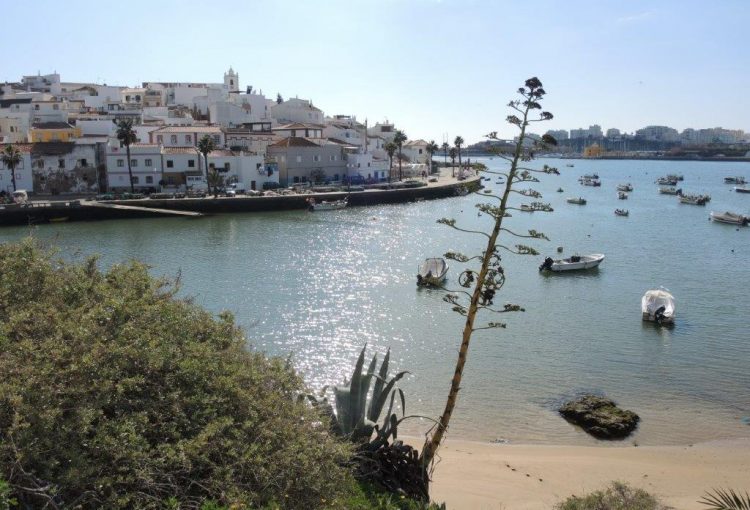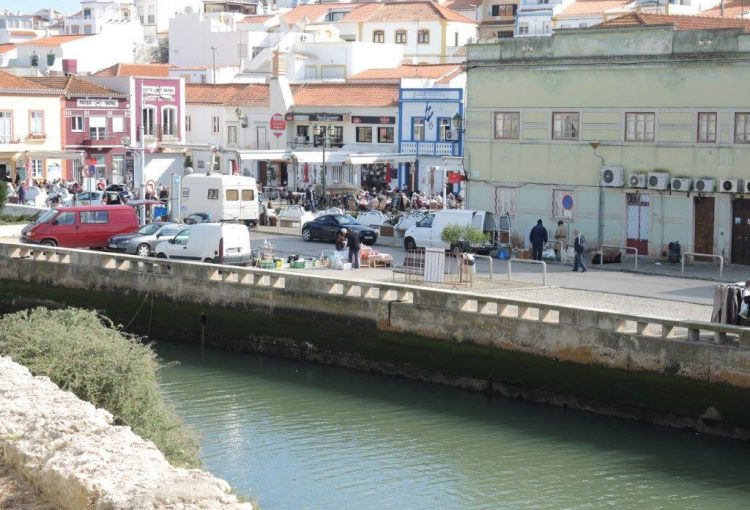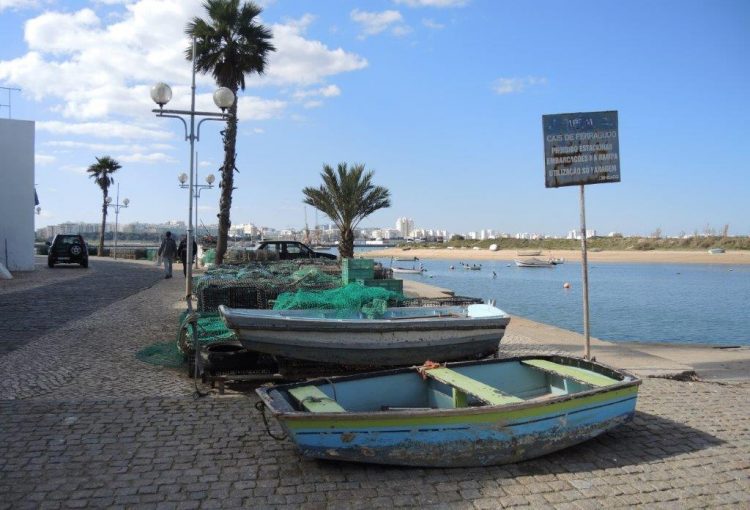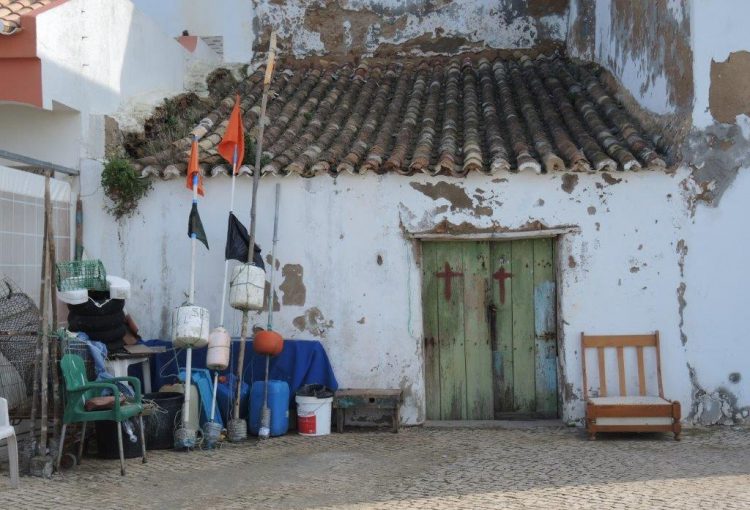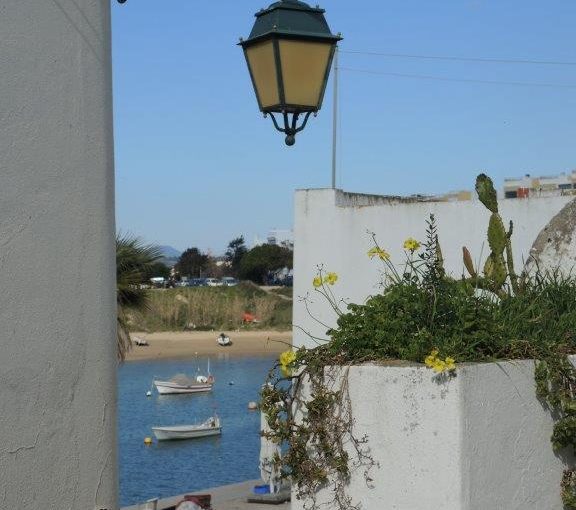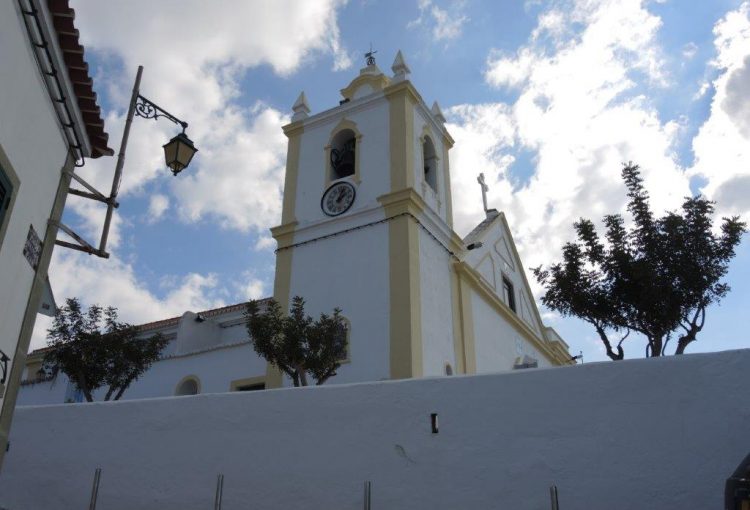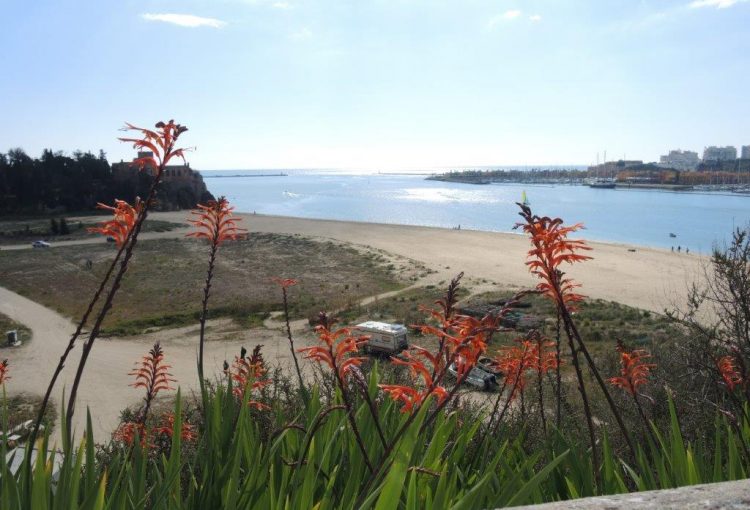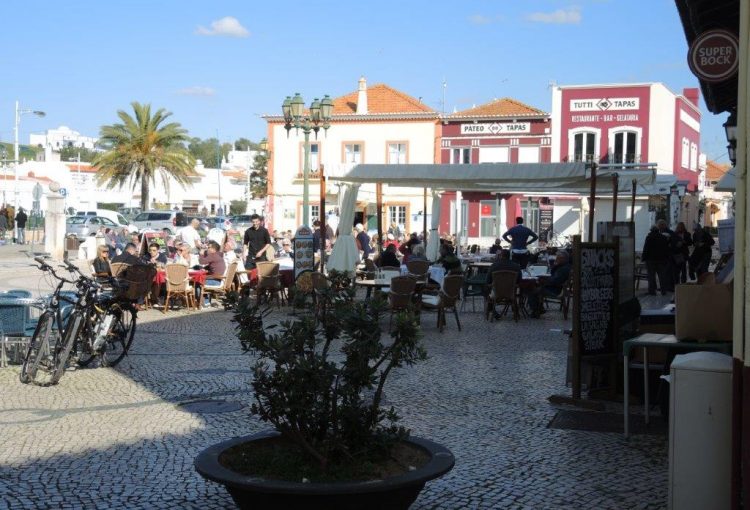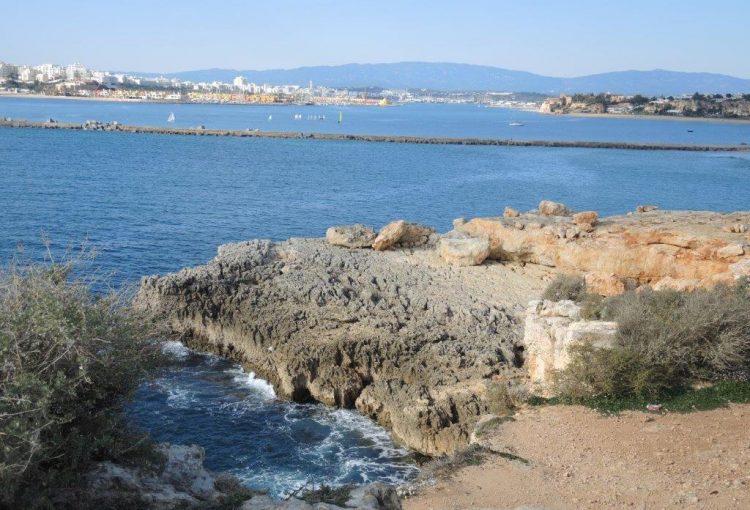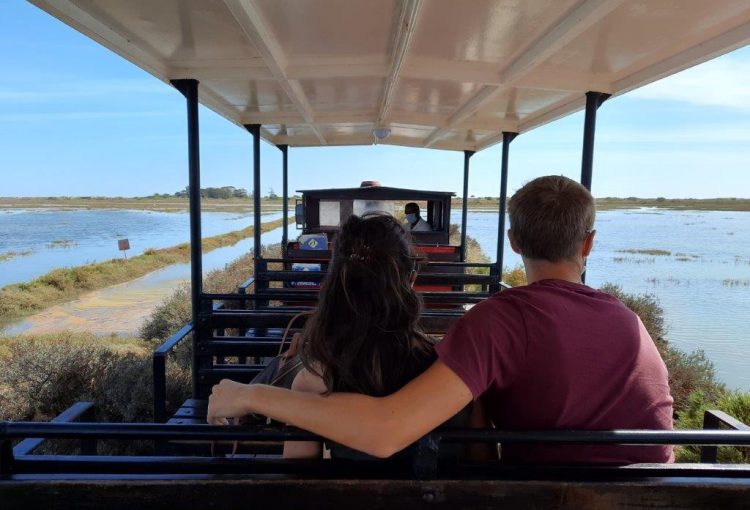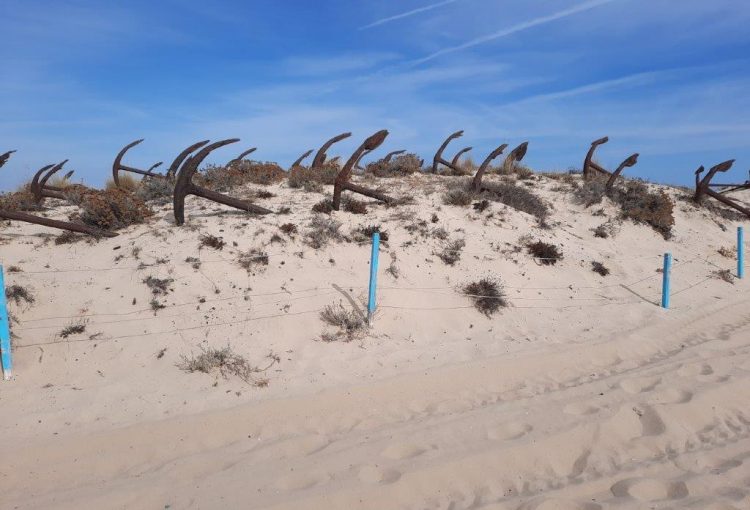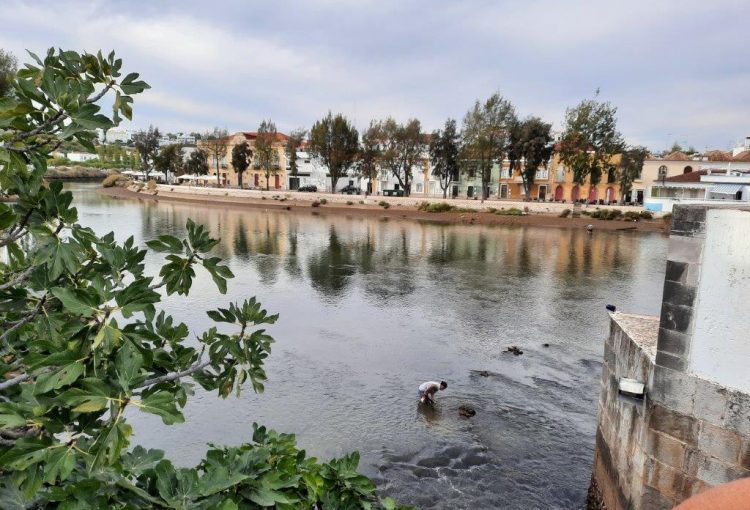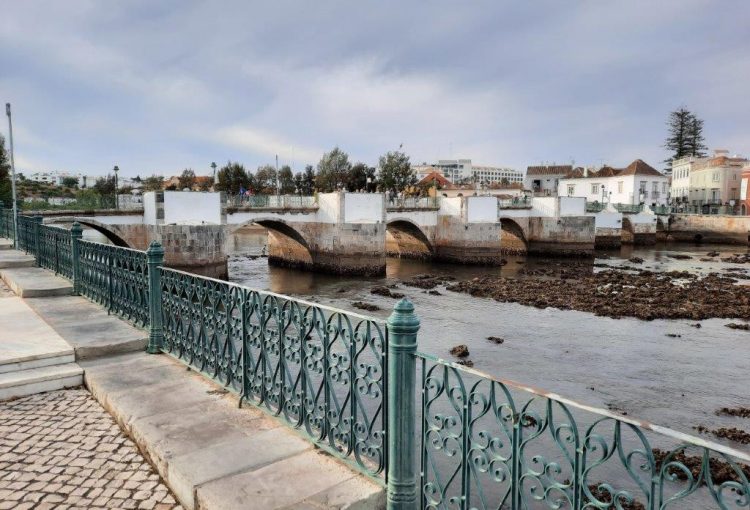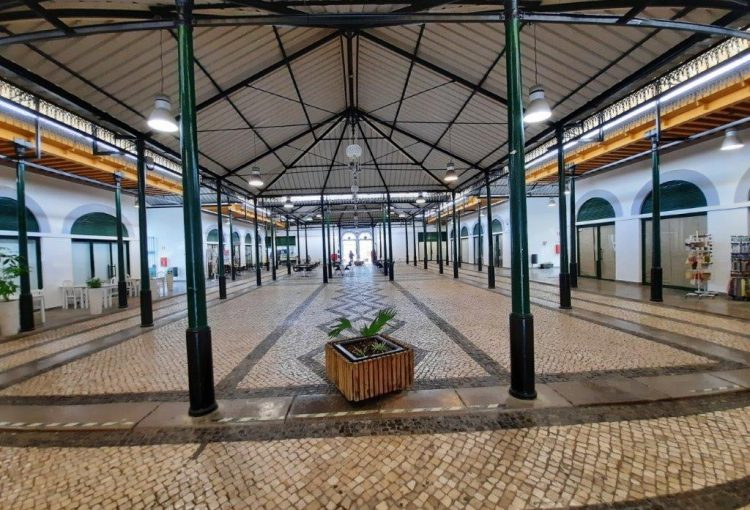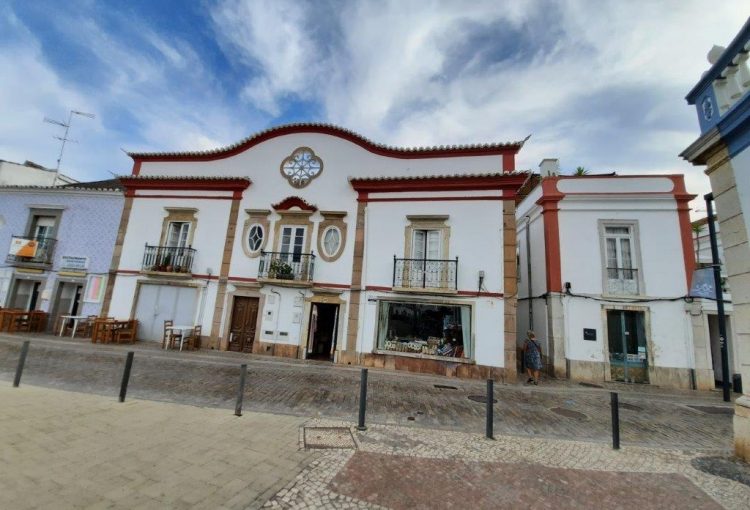Monchique
The mountain village of Monchique is situated between the two highest mountains of the Algarve, the Picota (774m) and the Foia (902m). Both peaks can be explored by well-marked trails. The narrow, winding streets offer excellent photo opportunities. There are various places to shop, a bank and a post office, a small market hall and many handicraft shops. Bars, cafes and restaurants invite the visitor to linger a little longer. The farmers of the area are renowned for distilling the famous Medronho, a strong brandy from the fruit of the Arbutus bush.
Silves
The restored remains of the castle and the archaeological museum show the great moorish history when Silves was the capital of the Algarve. Also attractive are the cathedral, the narrow streets of the old town and of course the grill restaurants at the harbor by the Roman bridge.
The area around Silves is nowadays the largest orange-growing area in Portugal. Several dams and reservoirs in the area are well suited for a trip because of their beautiful scenic location.
Aljezur
The route to the beaches of the West coast passes through Aljezur, a small market town situated in a fertile valley. An old Moorish castle is situated just above the old town with its many white houses. Many natural beaches of the Parque Natural do Sudoeste Alentejano e Costa Vicentina can be found to the North and South of Aljezur.
Lagos
In the 15th century Henry the Seafarer and Gil Eanes started their expedition to Africa from Lagos. The city wall, built after the great earthquake of 1755, still partially surrounds the well-preserved old town. The old town has a very nice market hall, cultural facilities, restaurants, cafes and various shopping facilities. The palm-lined promenade of the harbour can be reached from the historic city centre through steep alleyways. Many fishing boots begin their journey from here to Ponta de Piedade, a crag with many bizarre grottos. The lighthouse jutting out from this crag offers fabulous views of the bay of Lagos as well as the long sandy beaches of Meia Praia and Alvor.
Sagres
The locality of Sagres is situated near Europe’s most south-westerly point, the Cabo de São Vicente. Henry the Seafarer also began his many adventures from here in the 15th century.
Directly outside the main town is the fortress Fortaleza de Sagres. The countryside between Ponta de Sagres and Cabo de São Vicente is a nature preserve and one of the last wild and untouched coastlines of Southern Europe.
Alvor
Alvor is directly on the coast between Portimão and Lagos. Despite all the tourists and the amenities that are attached to them, the original sense of a small fishing village can be felt with its narrow alleyways, whitewashed houses and harbour.
A wooden walkway runs alongside the coast for kilometres and makes walks through the protected salt marshes and lagoons possible. It is a bird watcher’s paradise with hundreds of species including flamingos.
Portimão
Portimão is situated at the mouth of the river Arade. Boat trips along the Arade river to Silves or whale-watching along the coast start from the modernised promenade here. The restored preserving factory is home to the really interesting Museu de Portimao and documents the history of sardine fishing.
The annual Sardine Festival takes place in August and is not to be missed.
Carvoeiro
The former small fishing village is located on one of the most beautiful sections of the rocky Algarve (Barlavento). From the main square at the bottom of the beach you can reach the only church in the village on the cliffs (engl. services) and hike on comfortable wooden walkways to Algar Seco with its grandiose rock formations. Around the place there are some interesting sandy rocky coves.
Ferragudo
…is located on a hill at the mouth of the Arade River, opposite of Portimão.
It is worth a walk through the old town and the stair district up the slope to the church, from where you can enjoy a wonderful panoramic view. Ferragudo still has the charm of an old fishing village, lively with its many pubs, bars and fish restaurants.
Tavira
…is located on both sides of the Rio Gilhão river. The old town still exudes its noble charm, because for a long time Tavira was an important city in the Algarve.
Tuna, wine and salt made the traders rich so they could built beautiful villas direct next to the river. A castle, countless churches, chapels and churches show the centuries-long presence of Romans, Arabs and Portuguese in the city.
Beautiful, long beaches in front of the city can be discovered, for example, after a delightful ride on a tourist train from Luzia.

